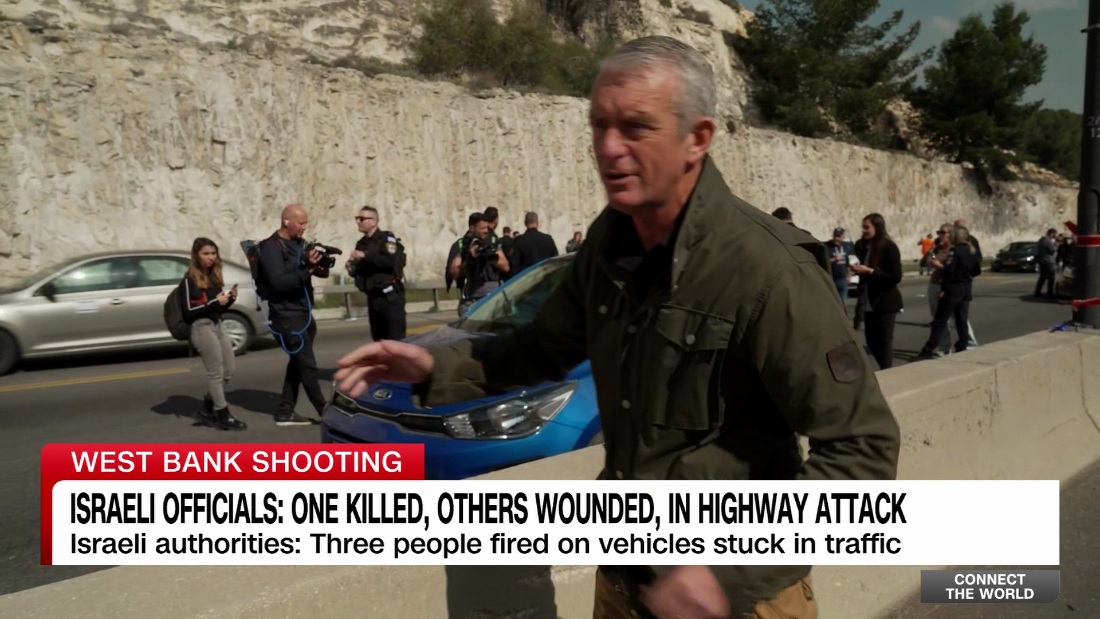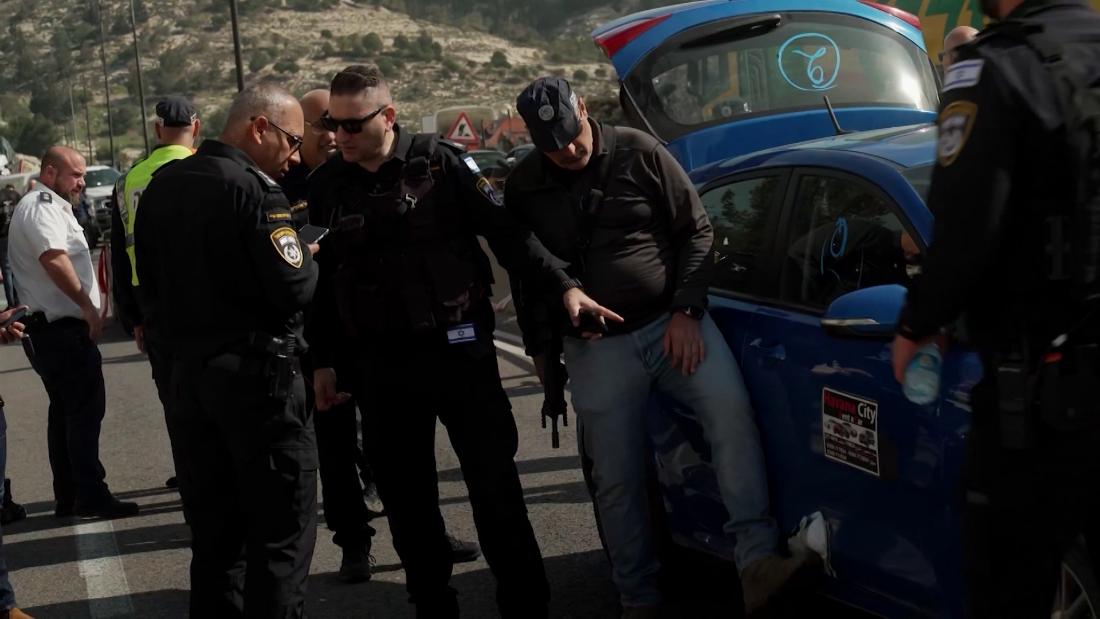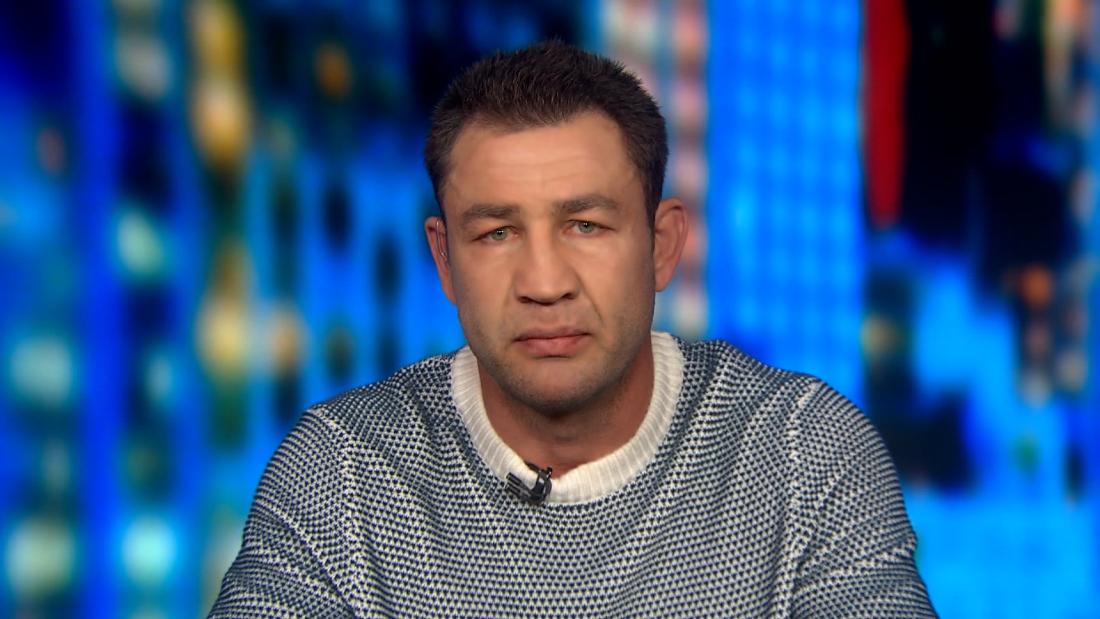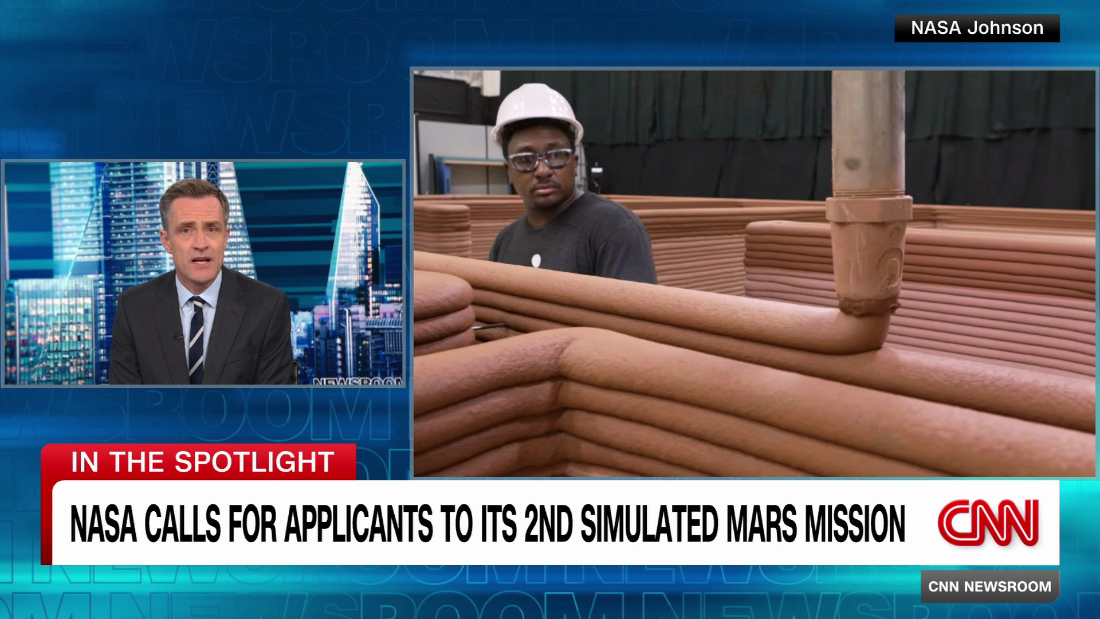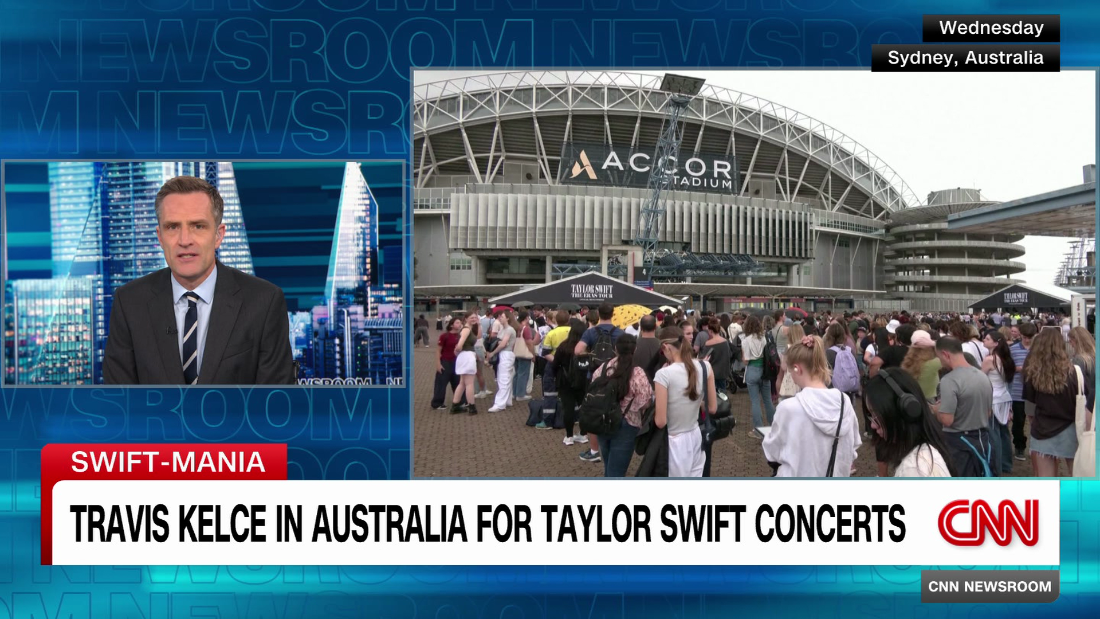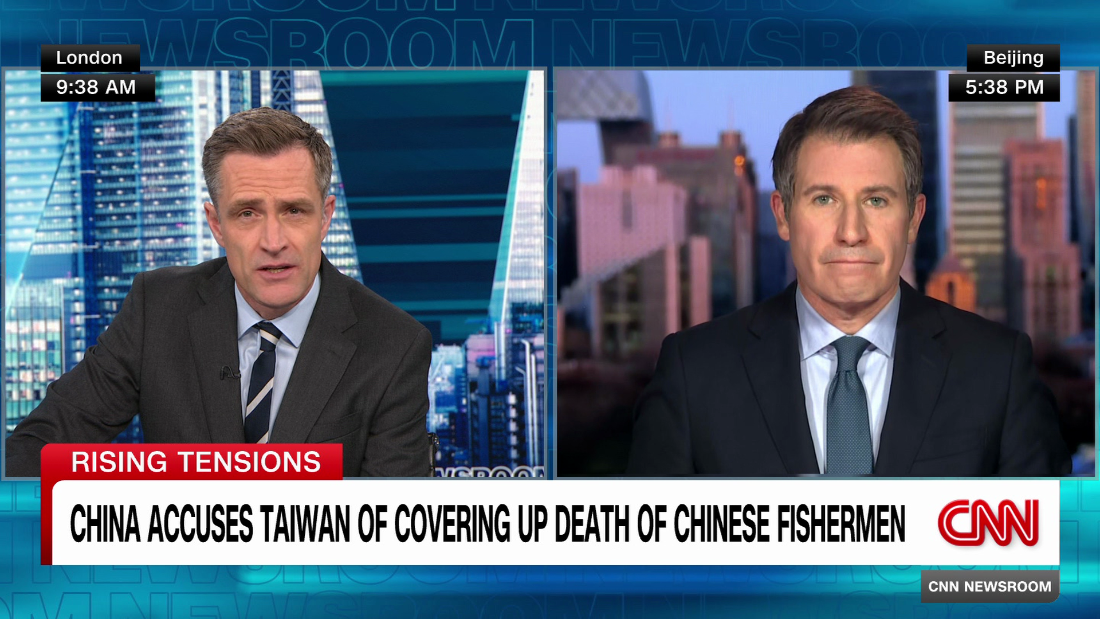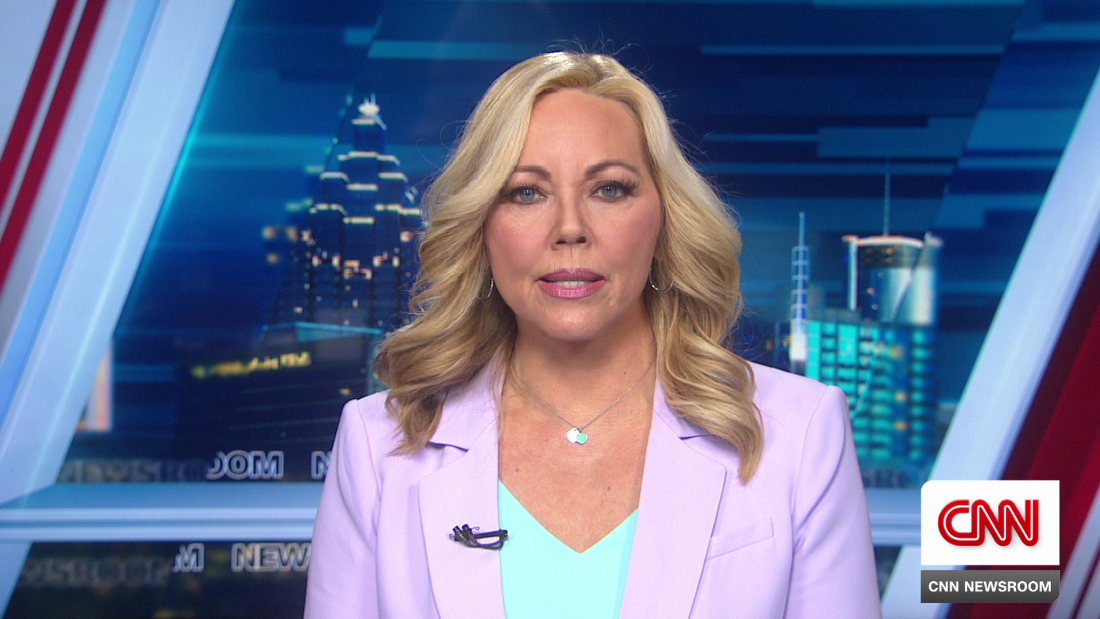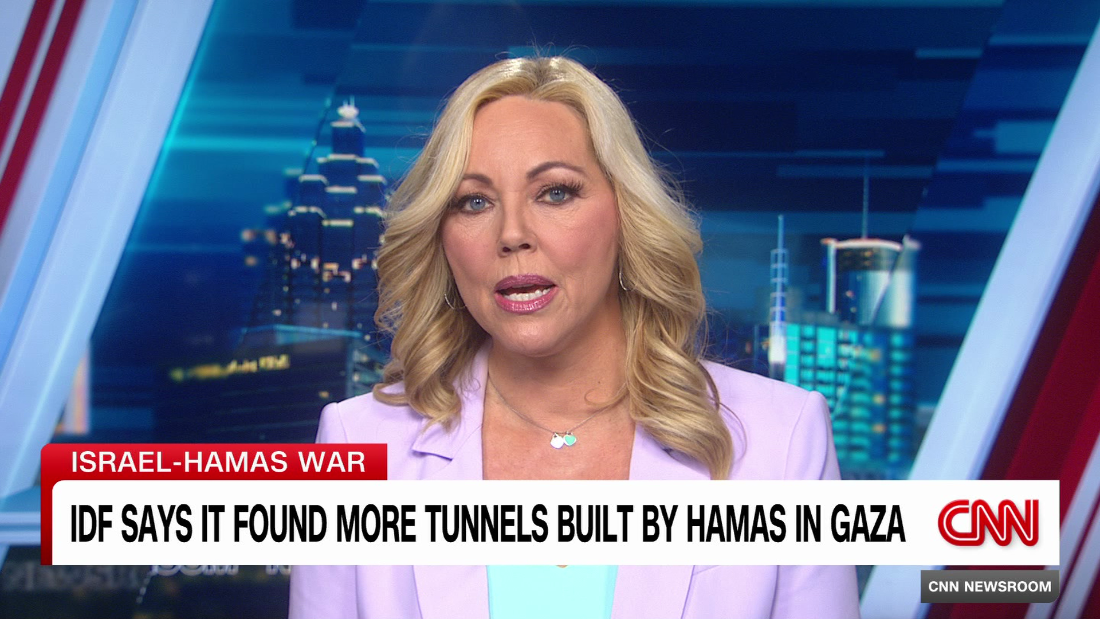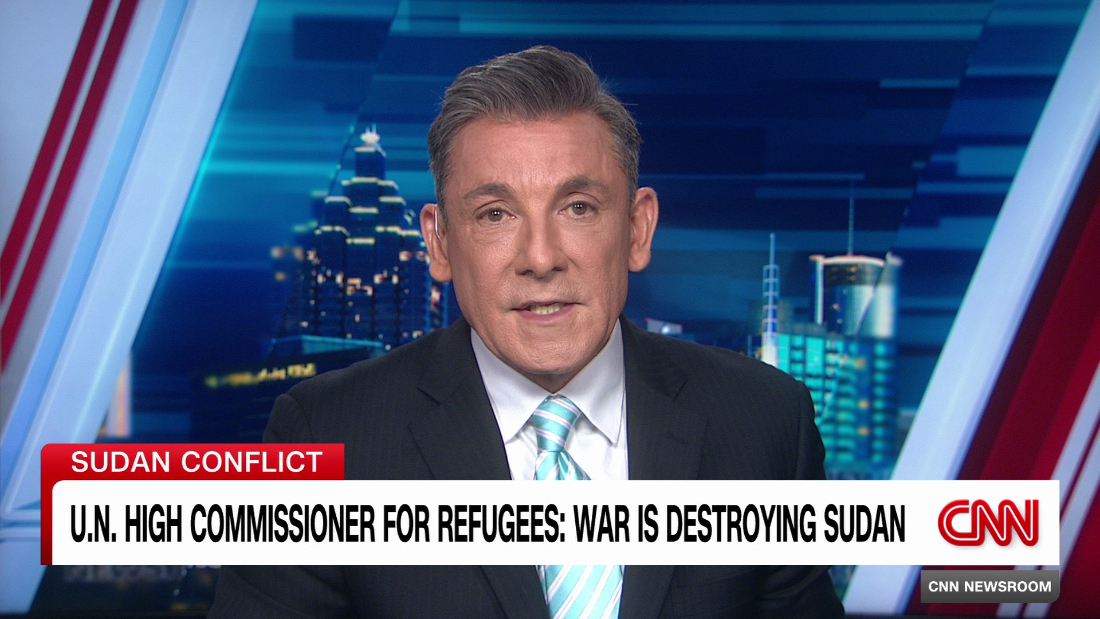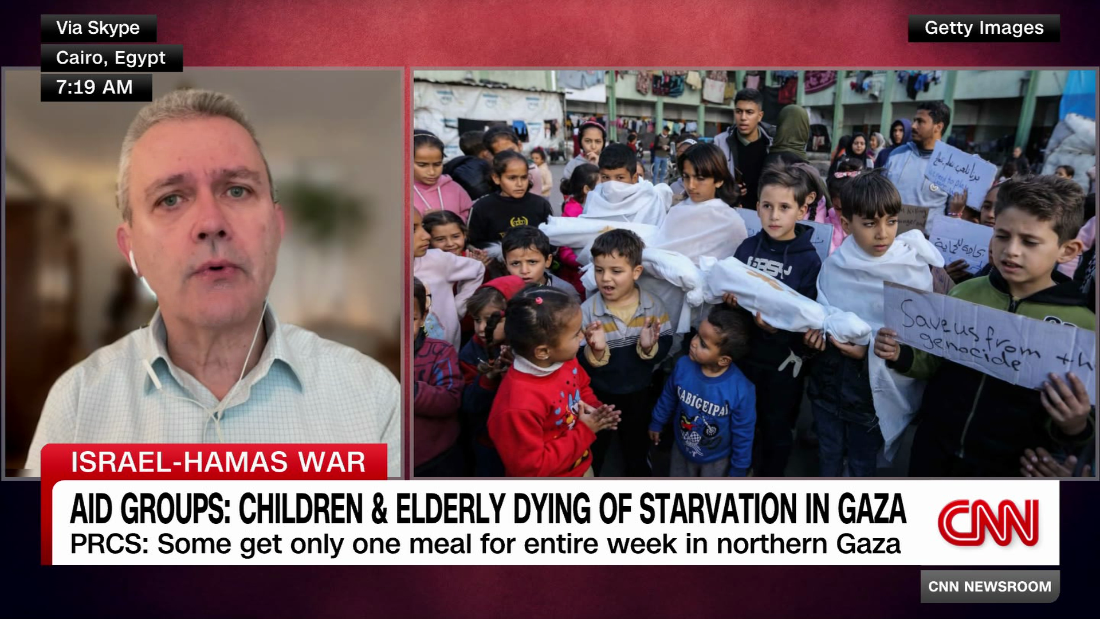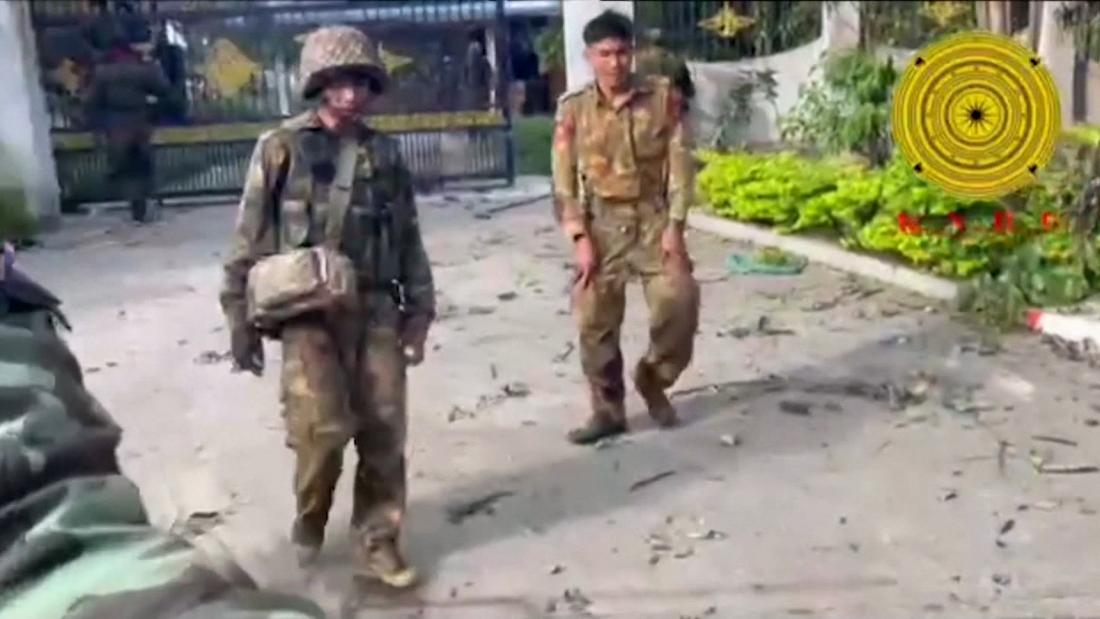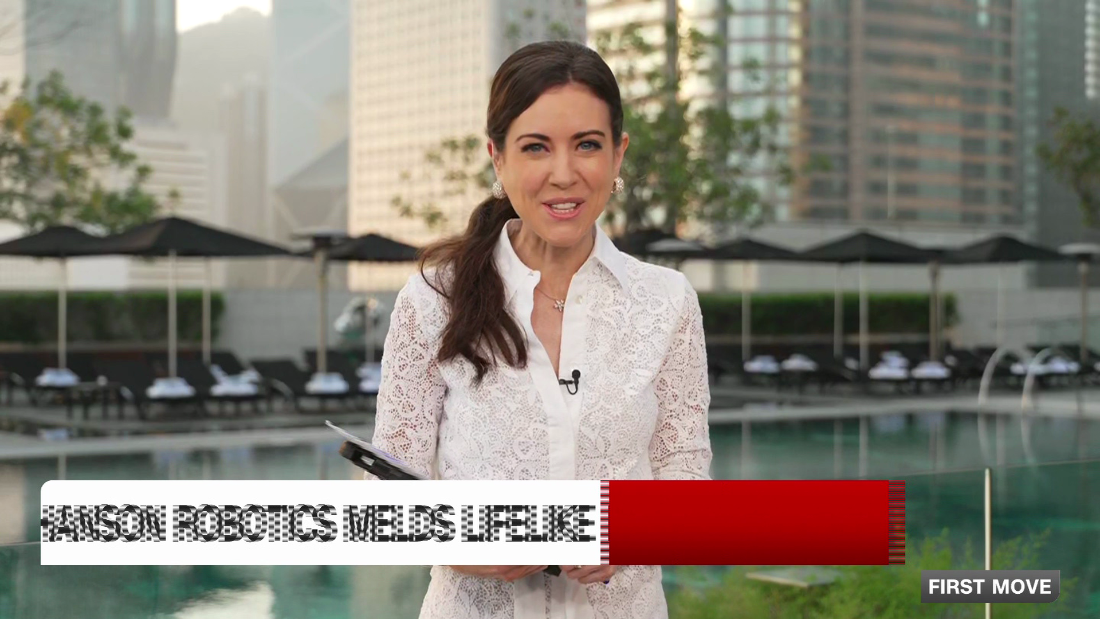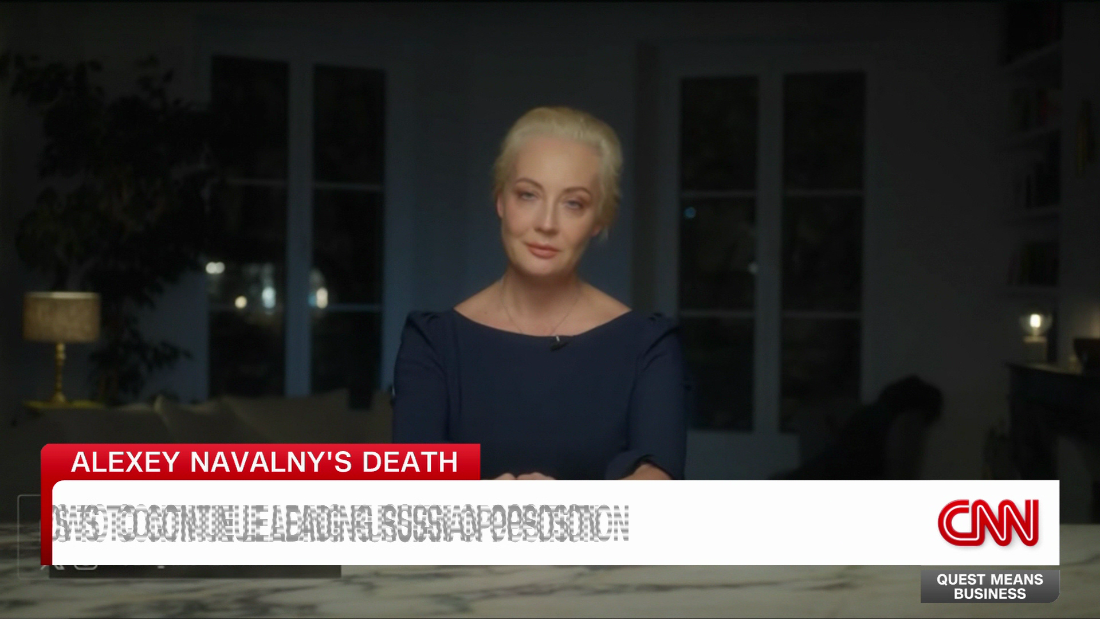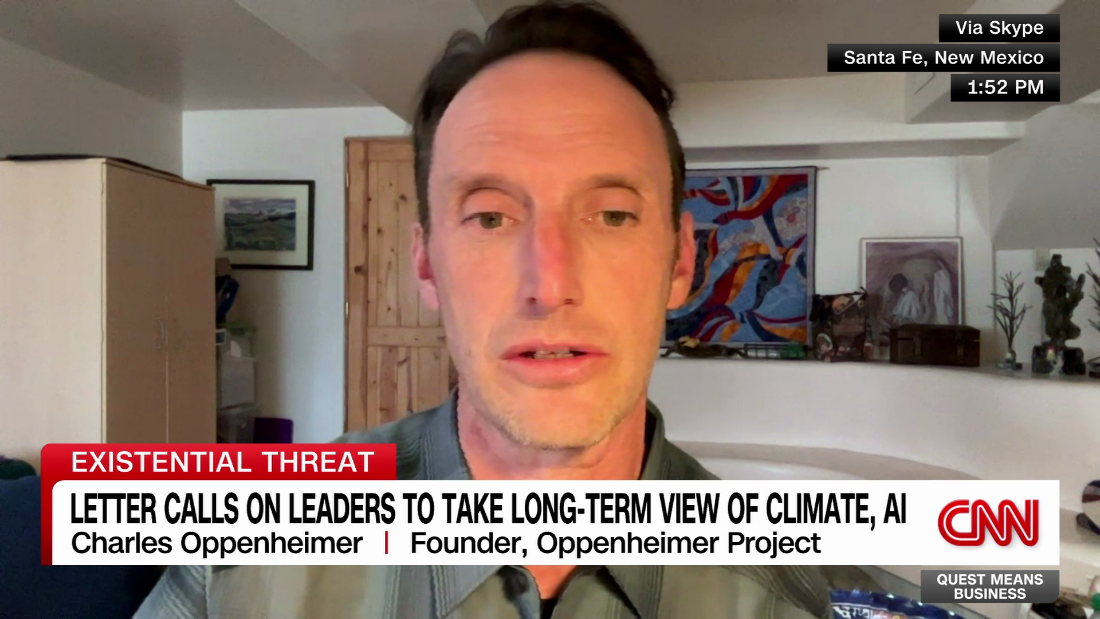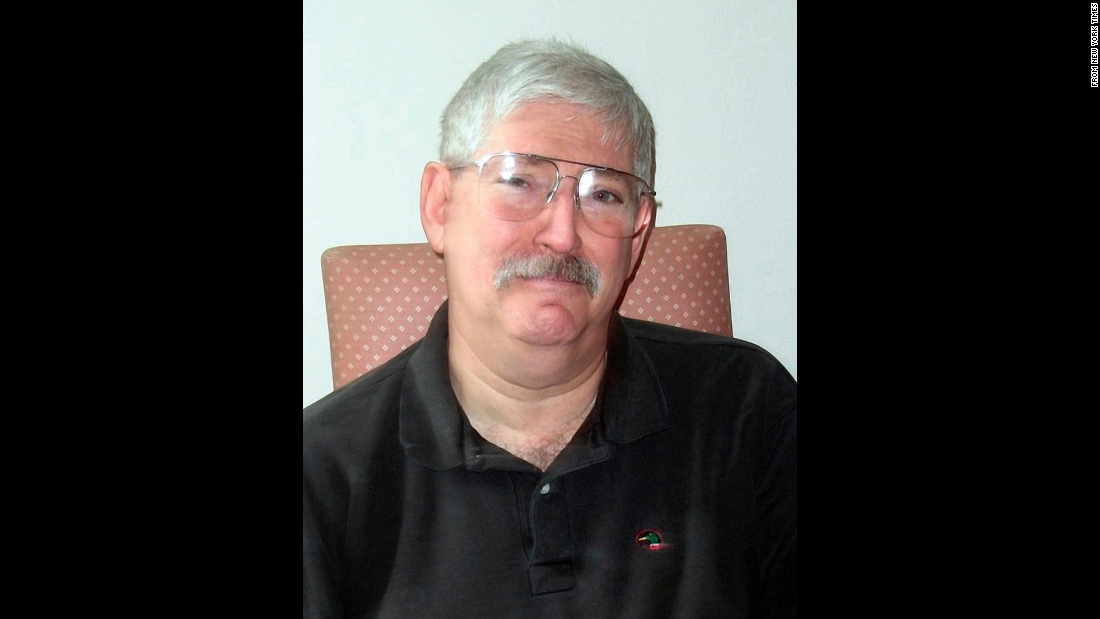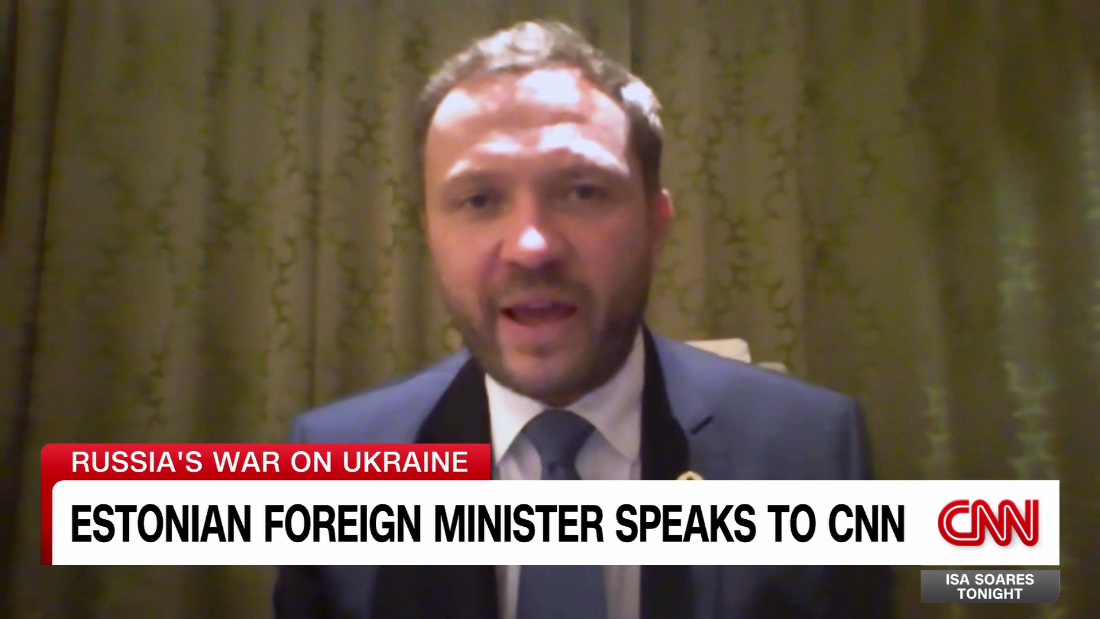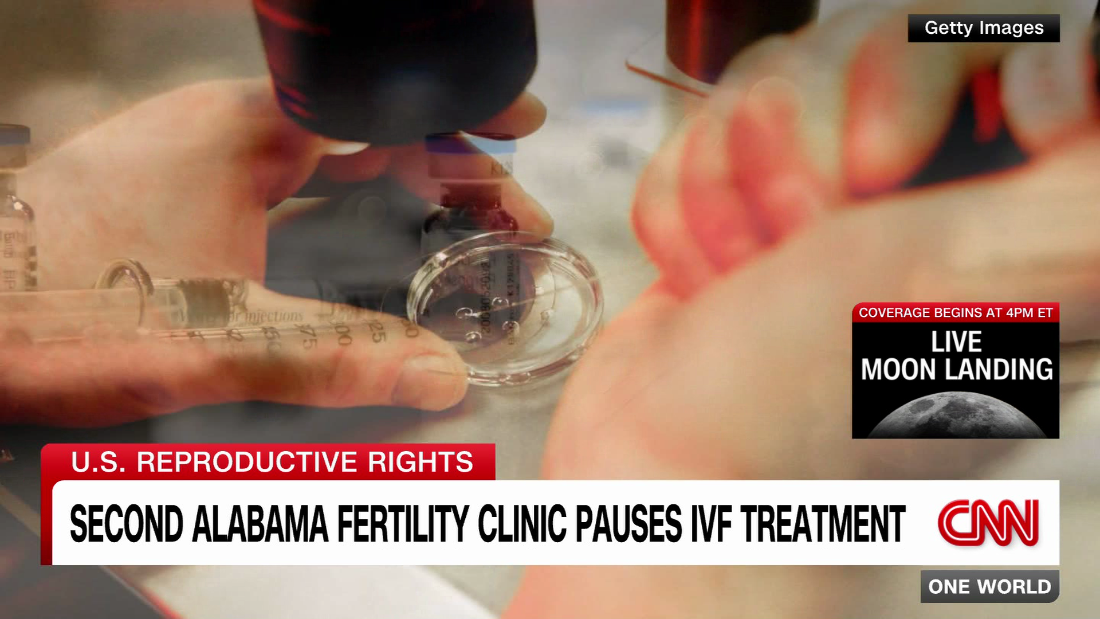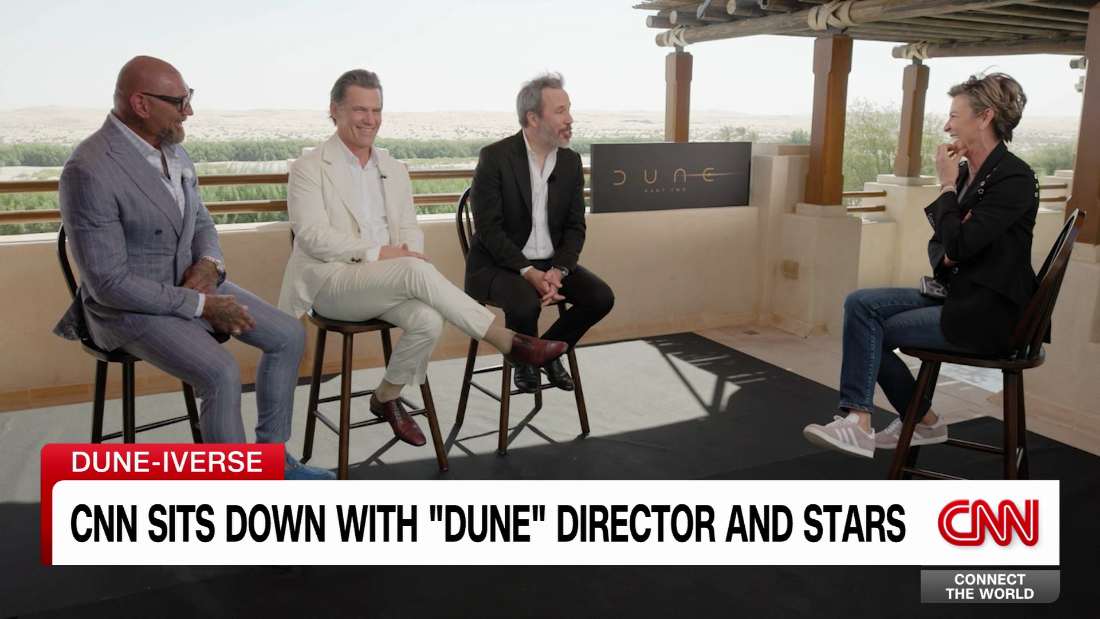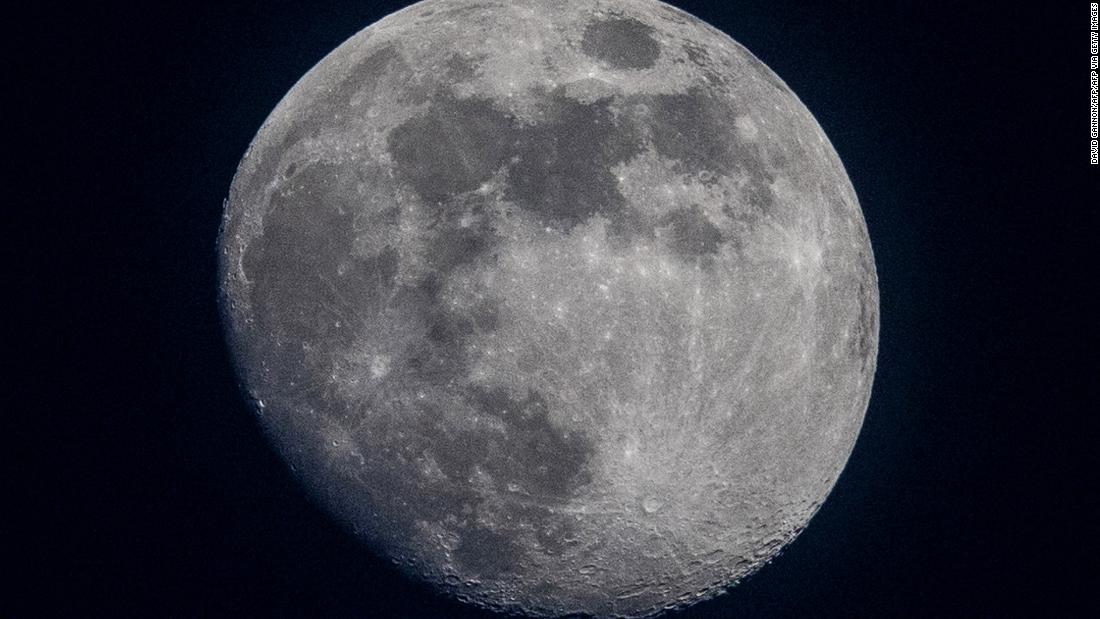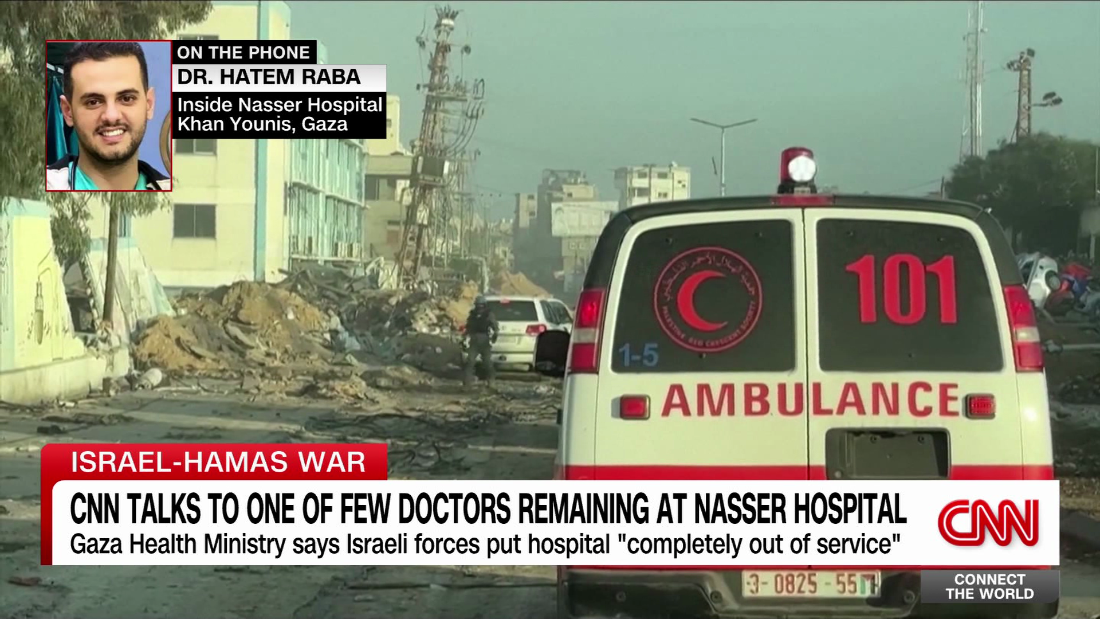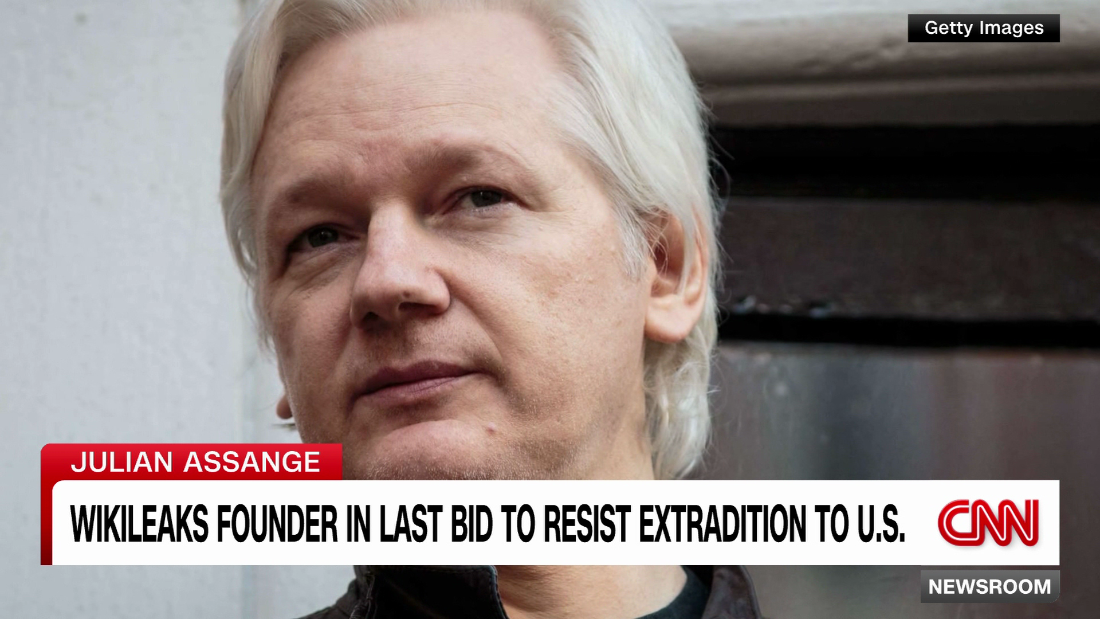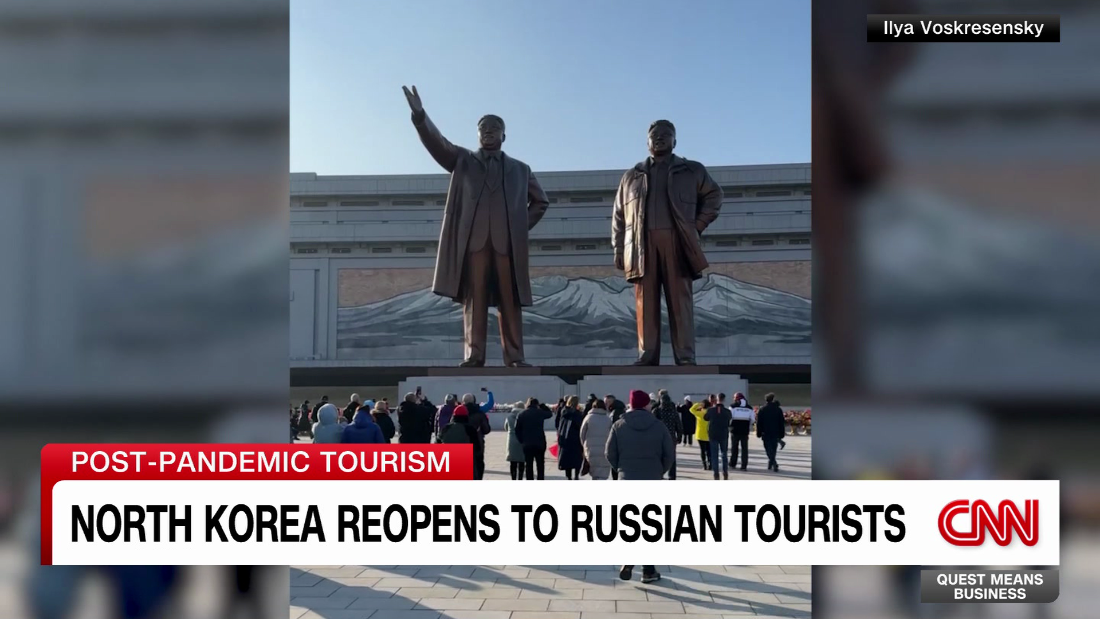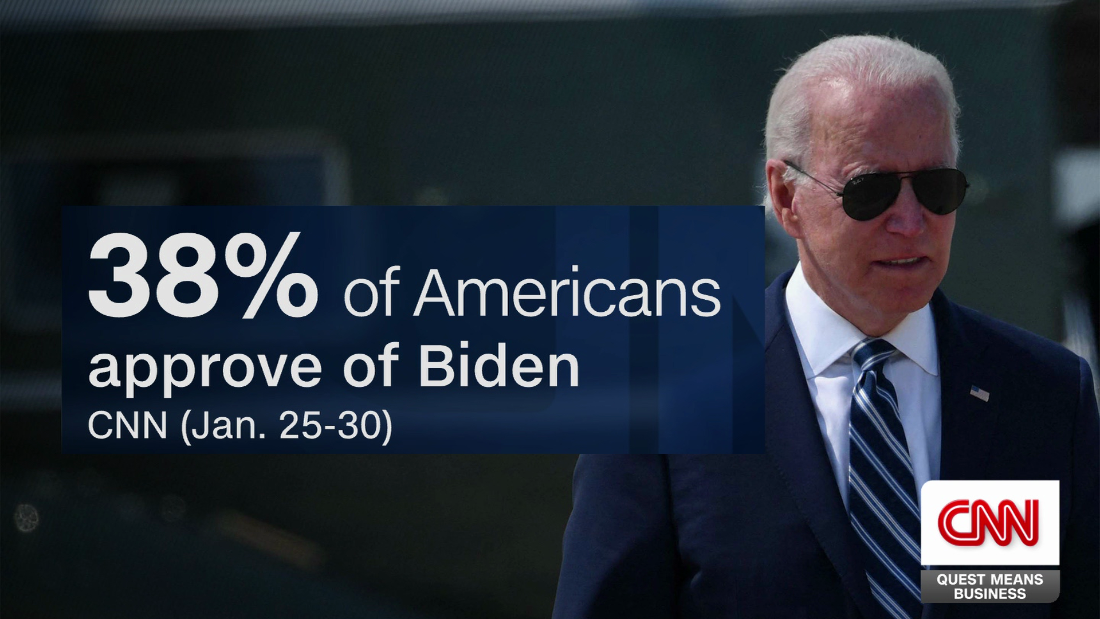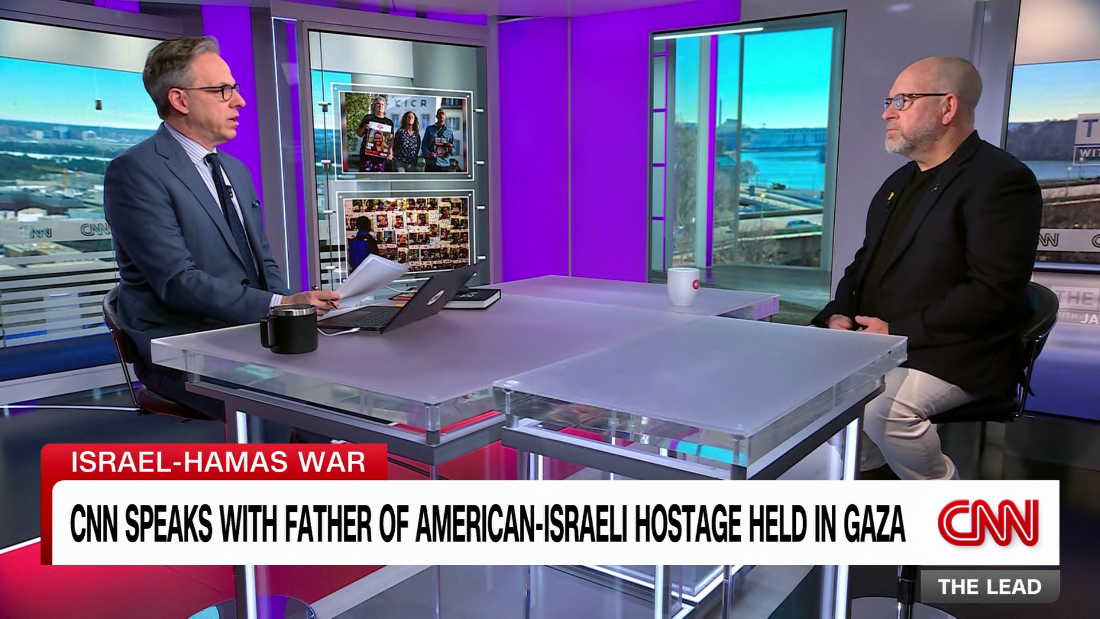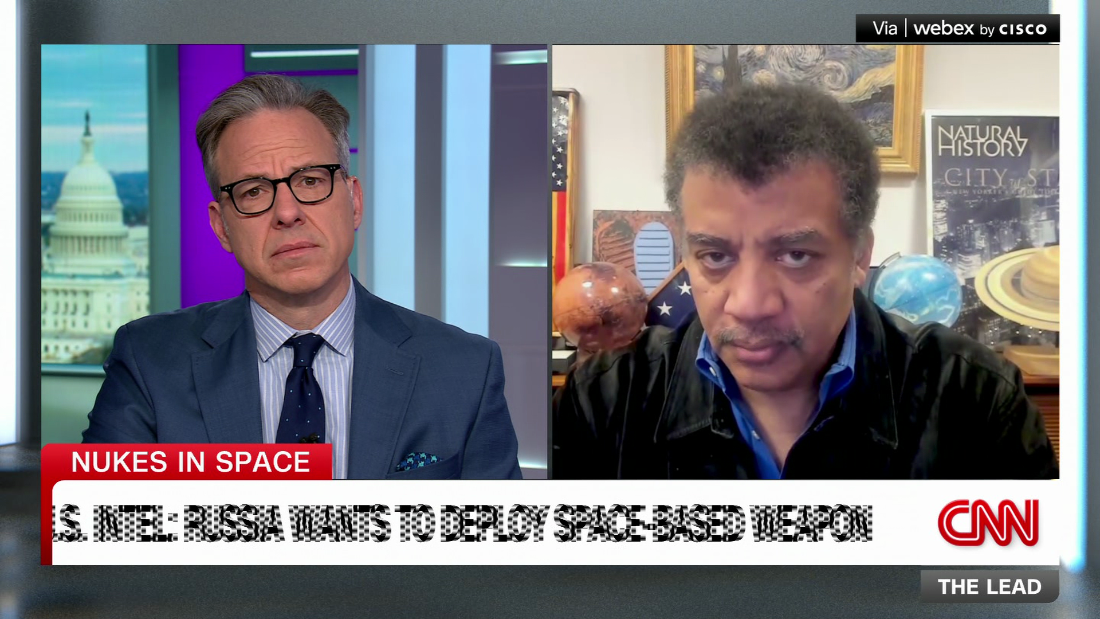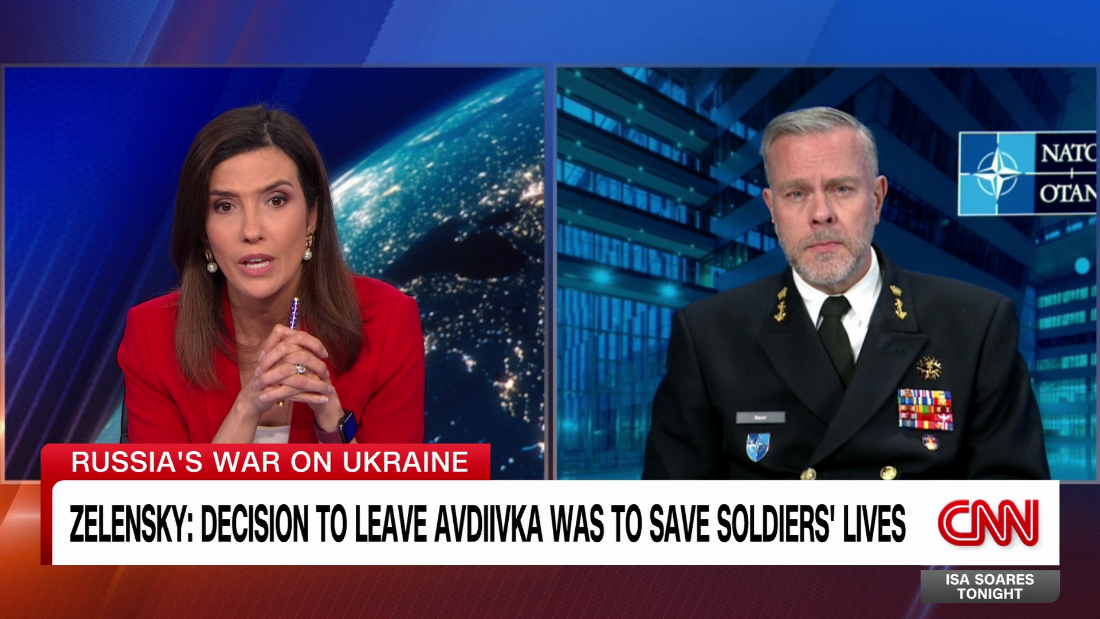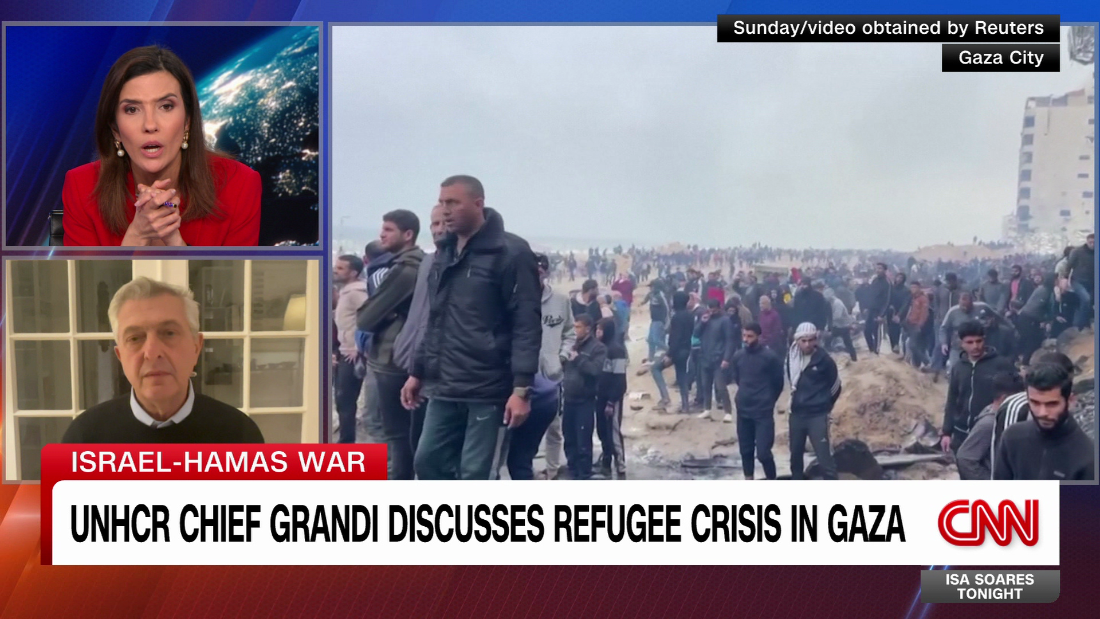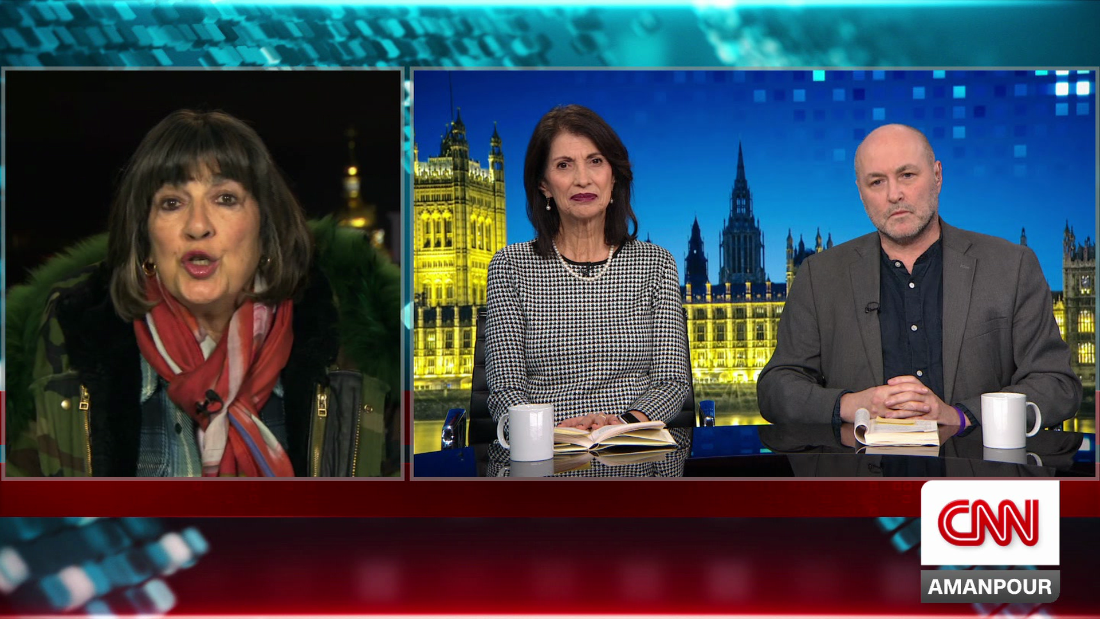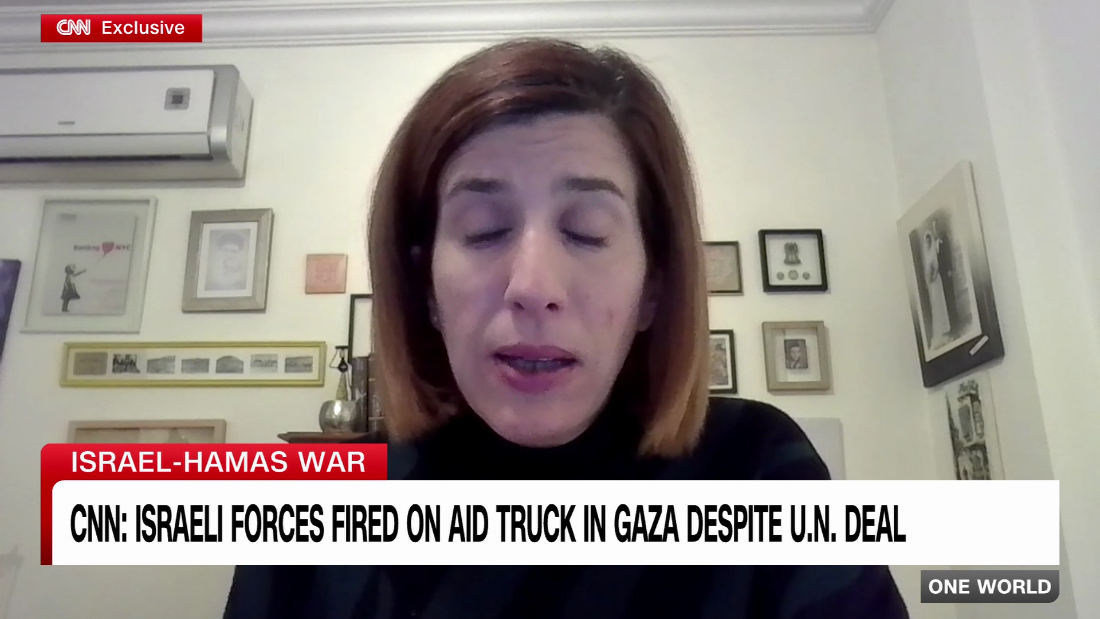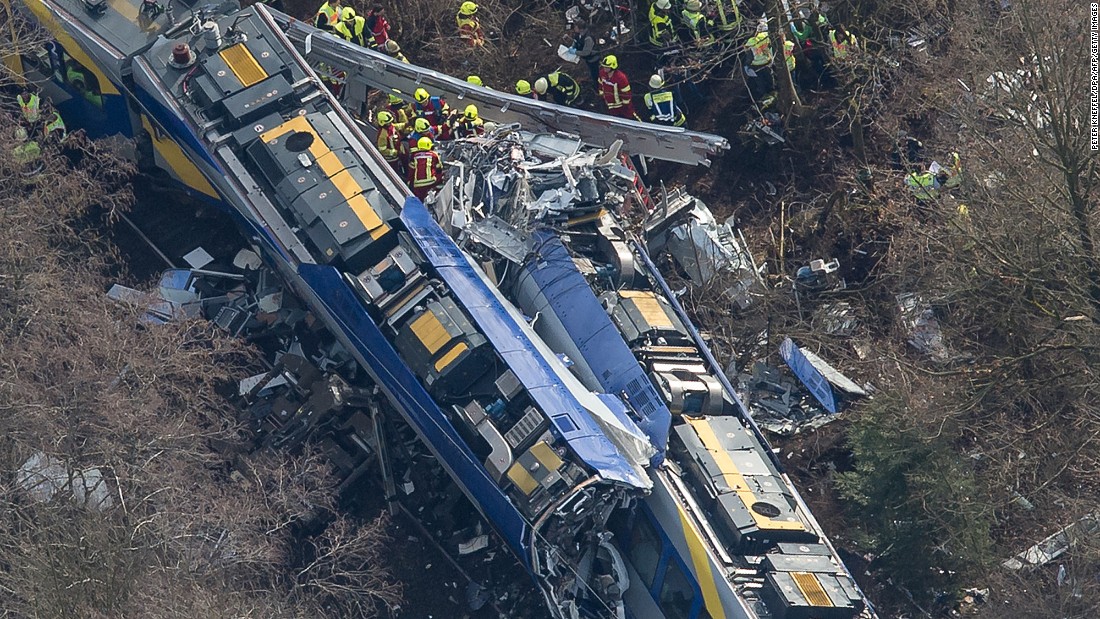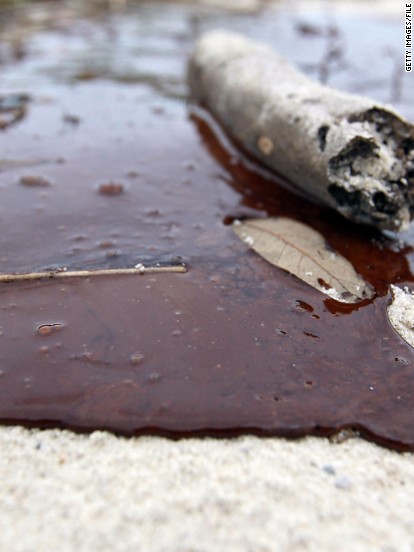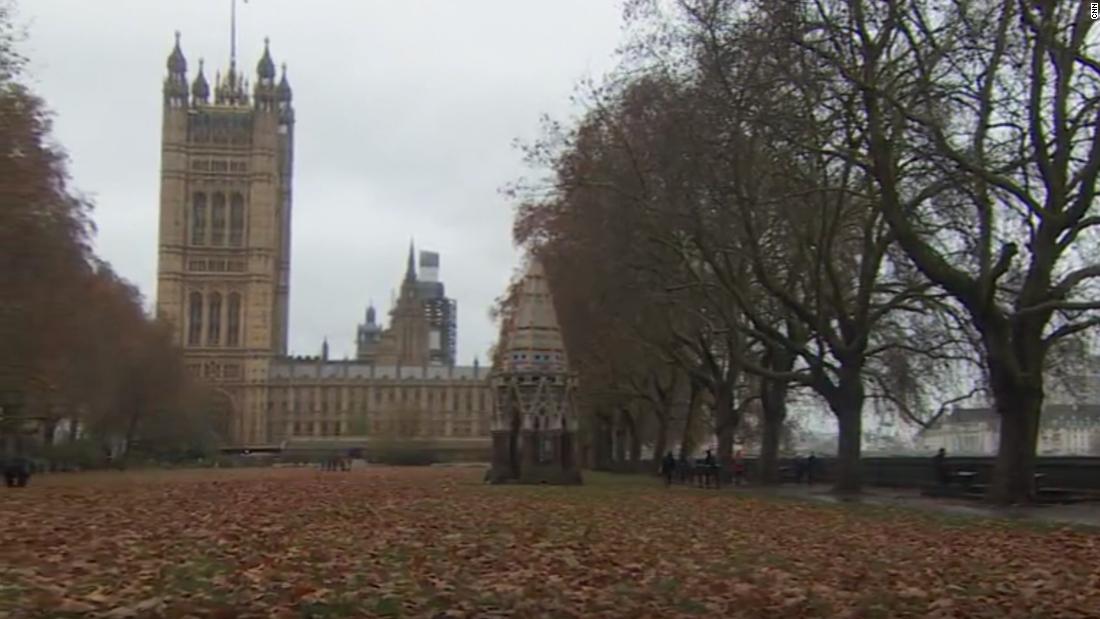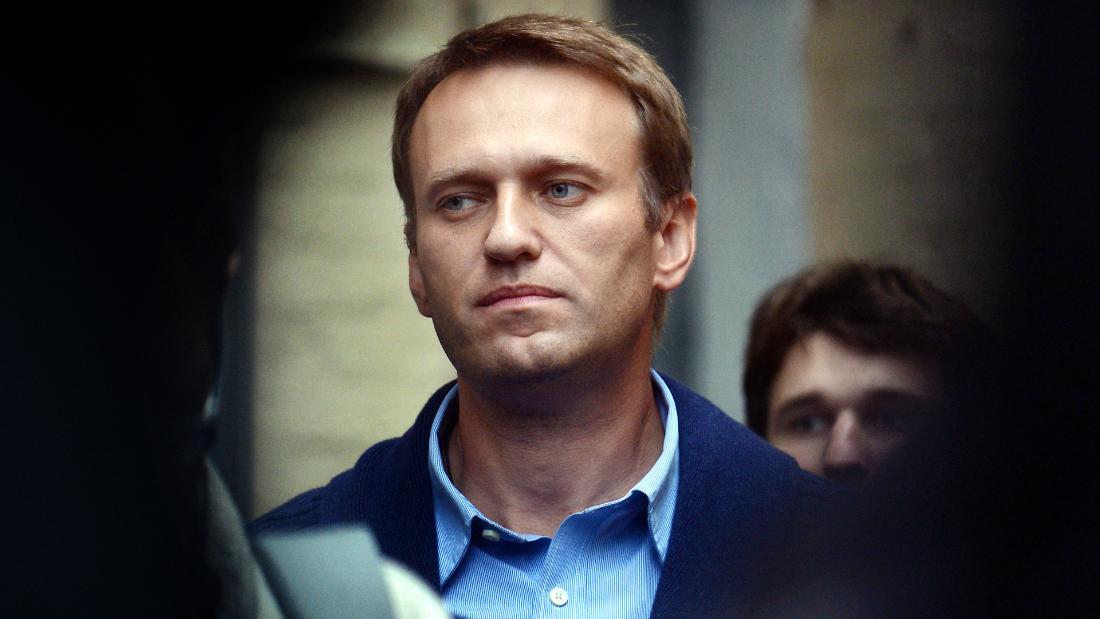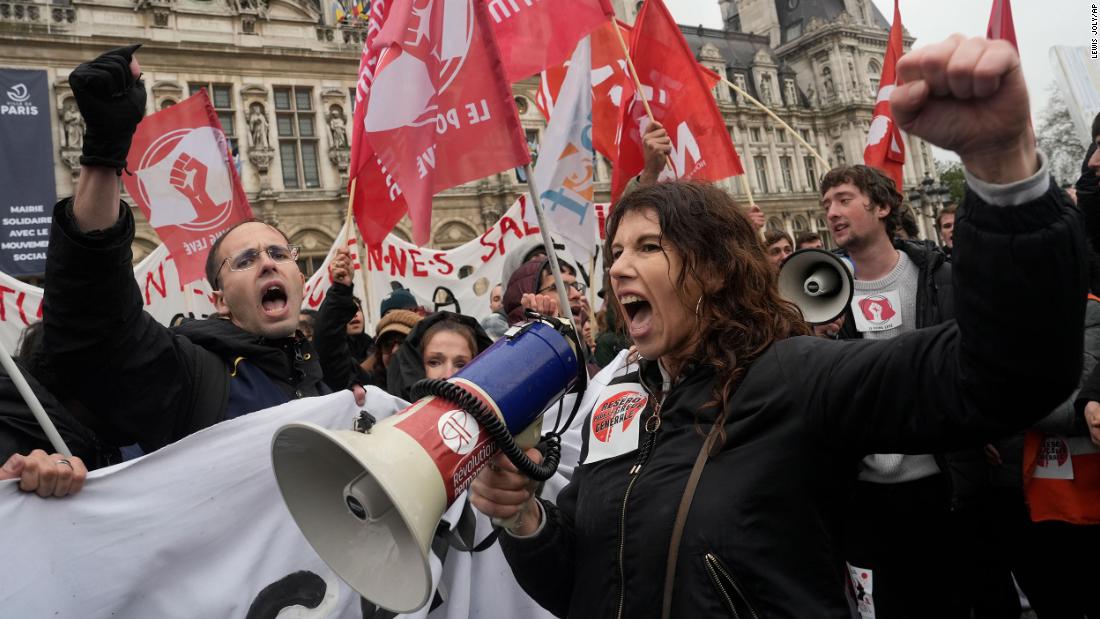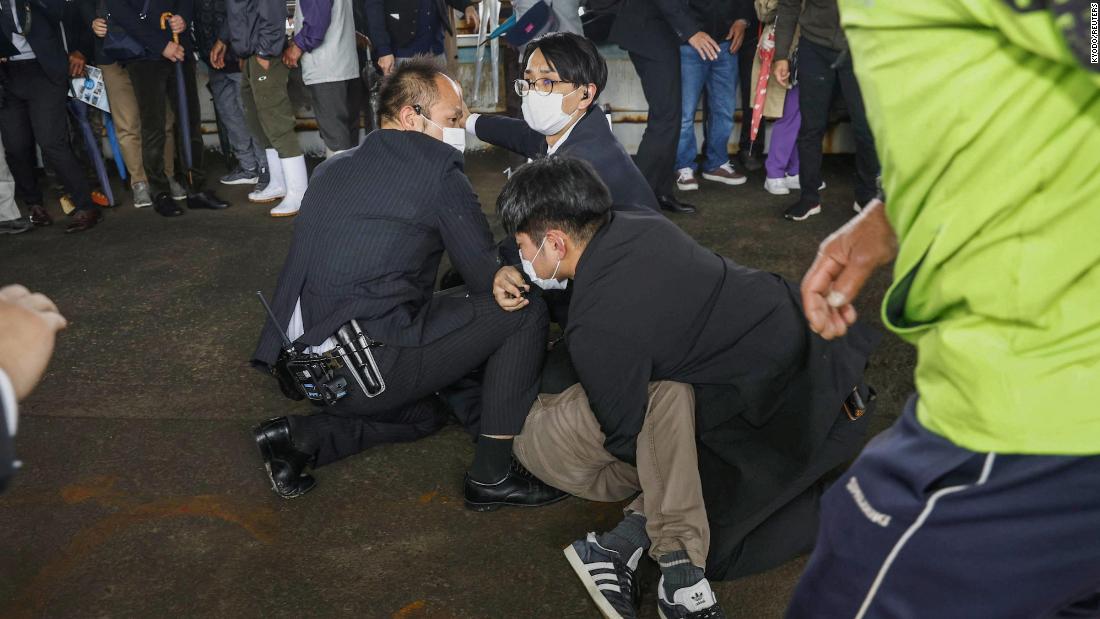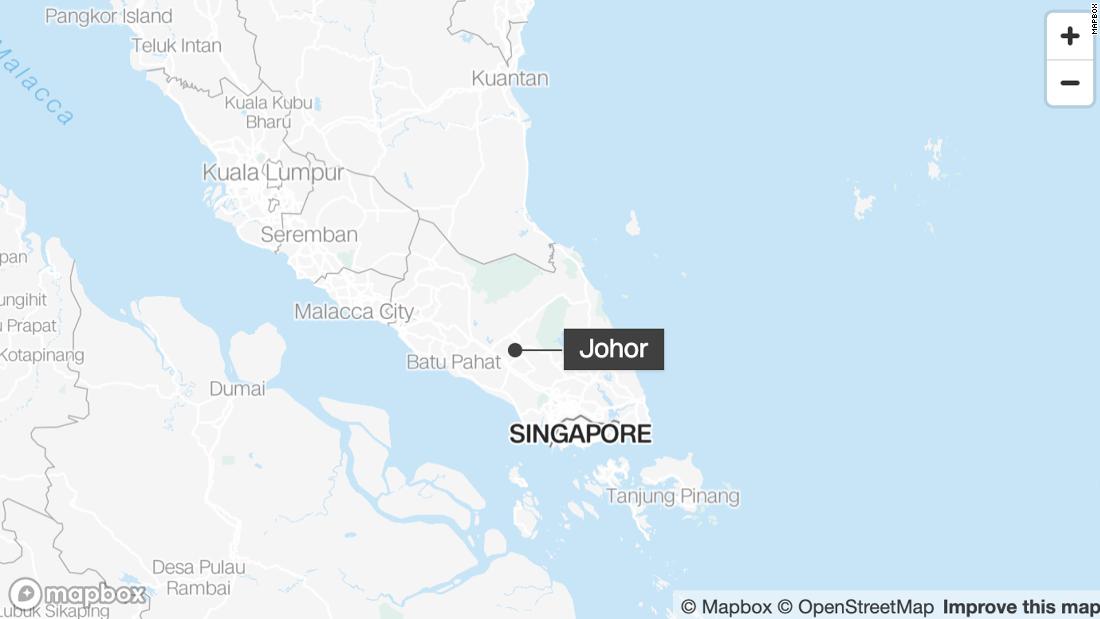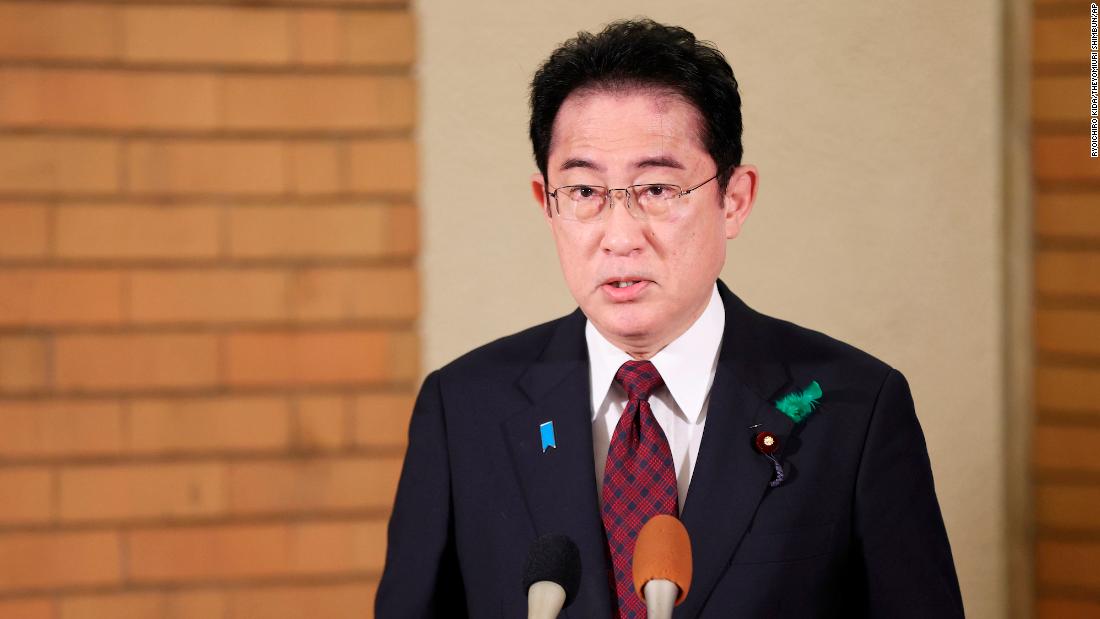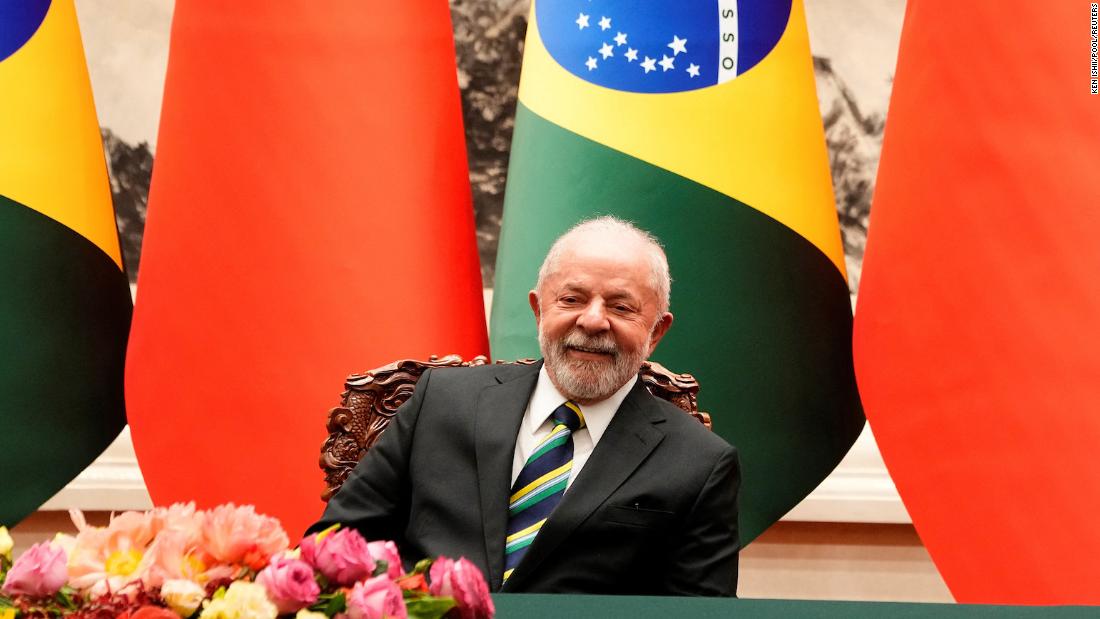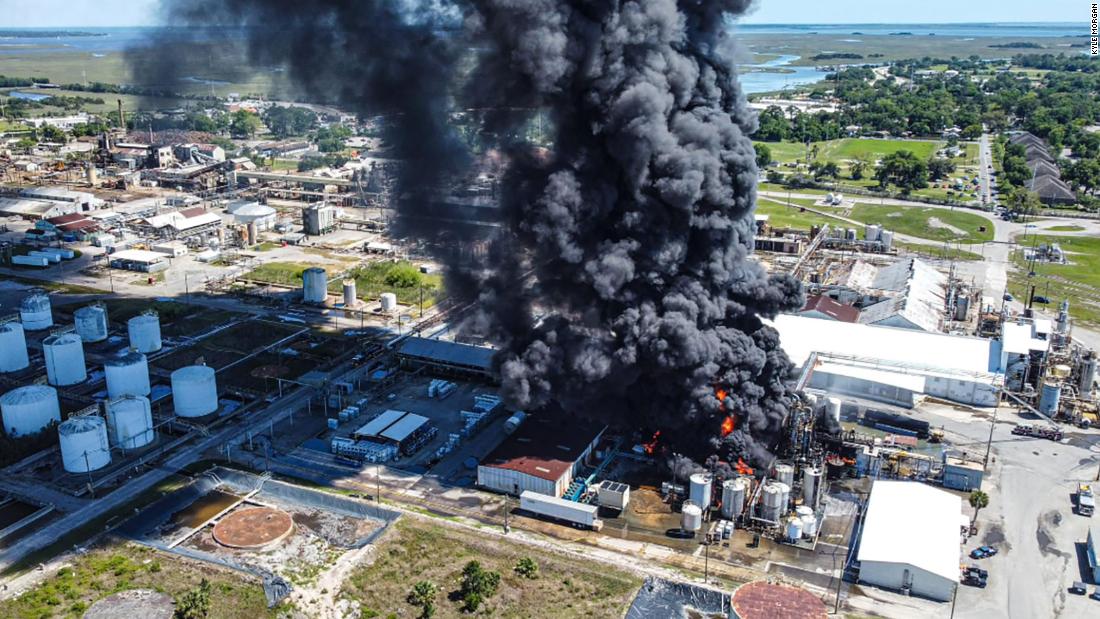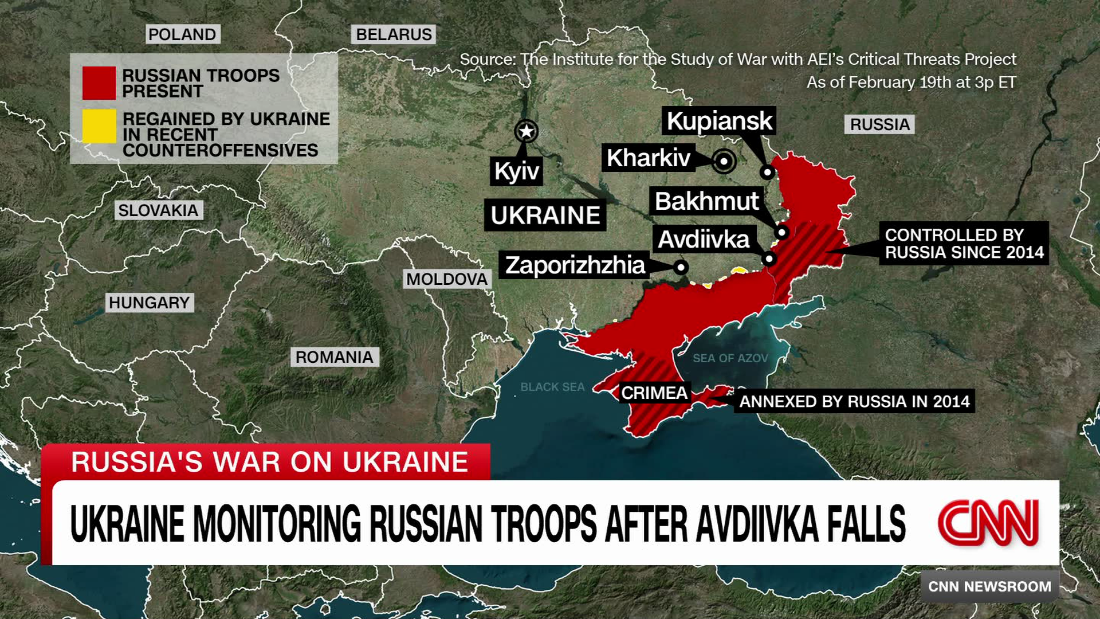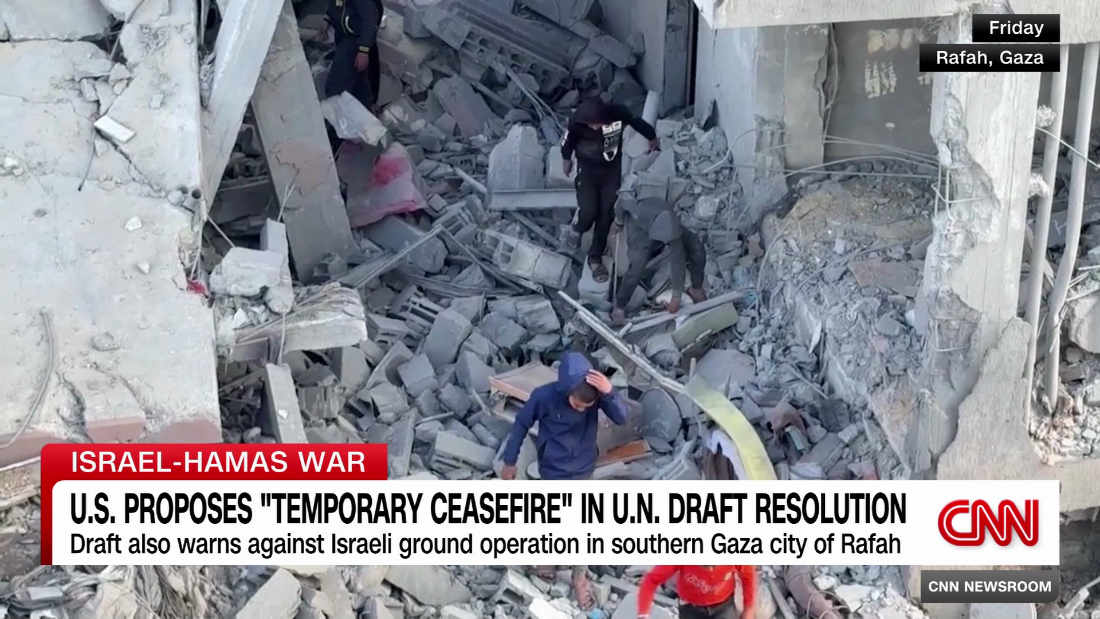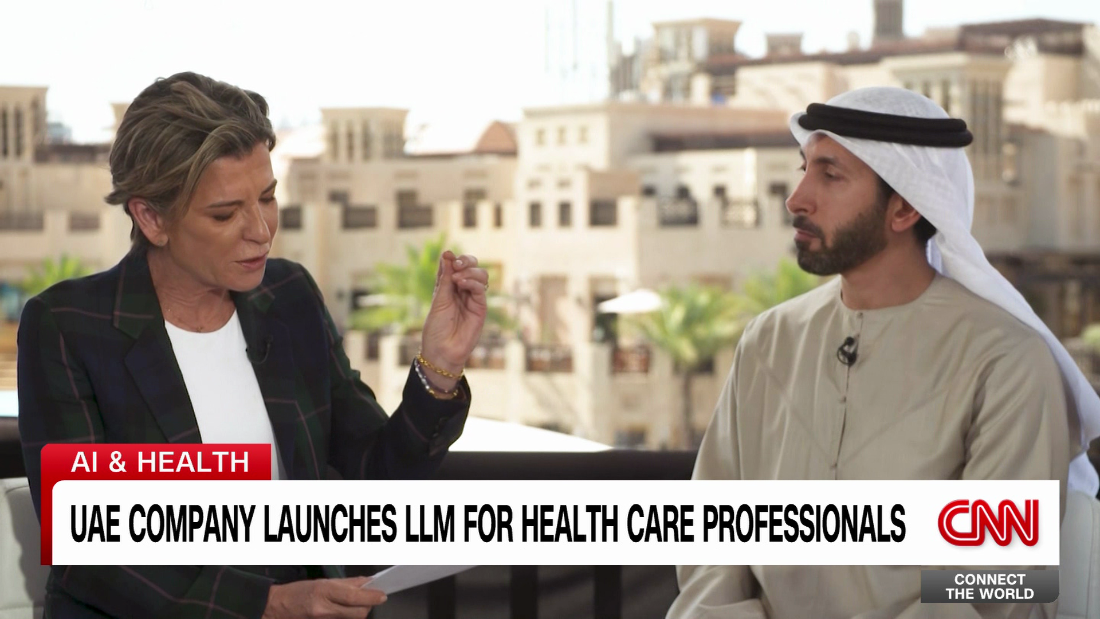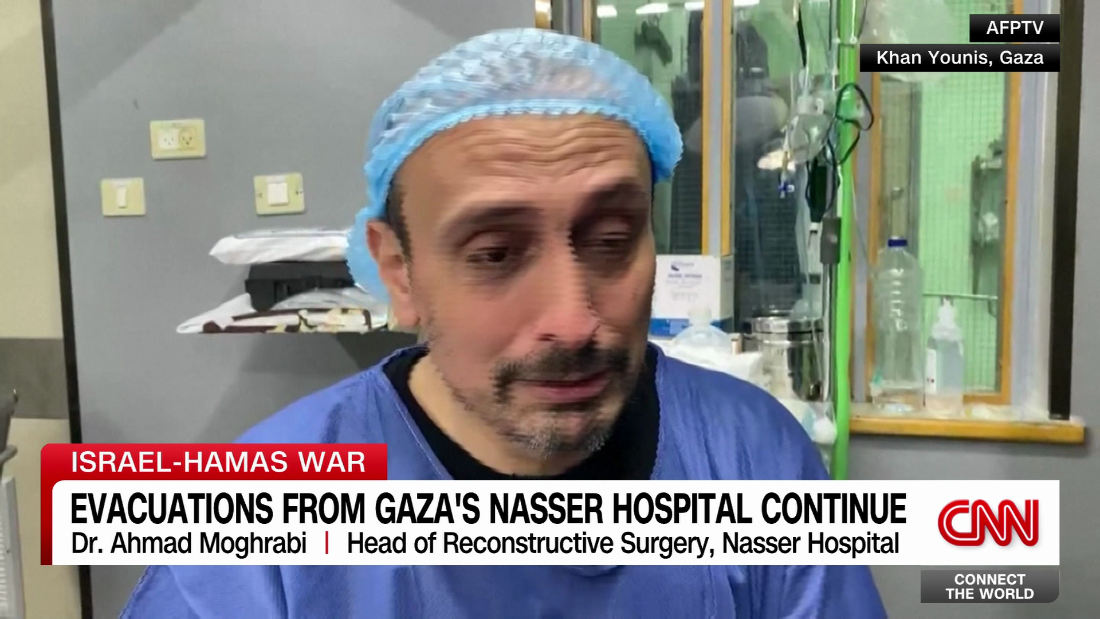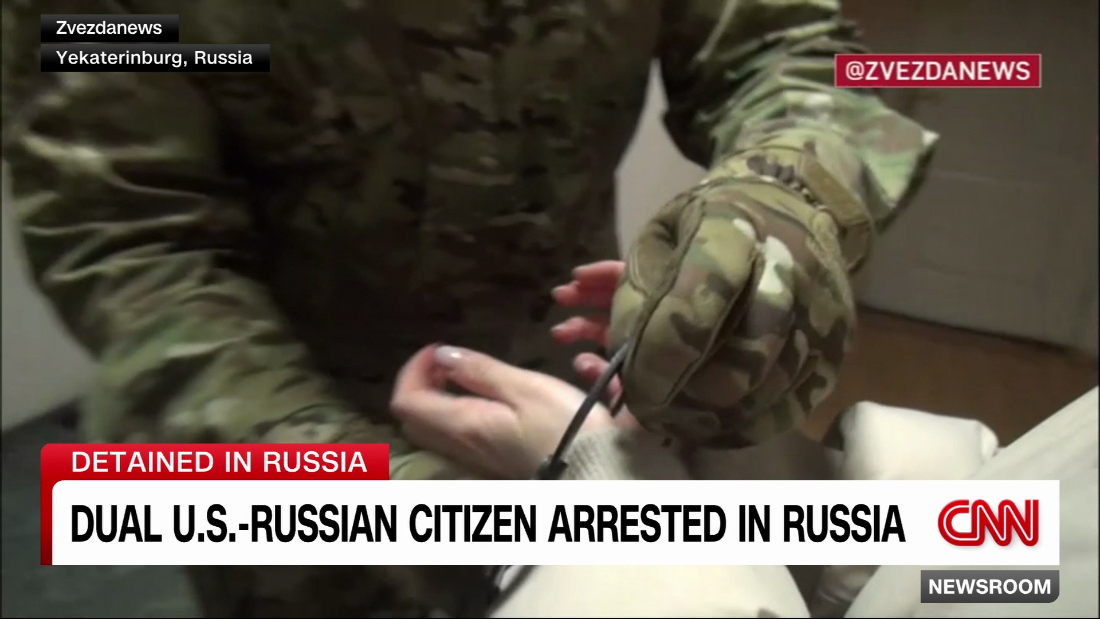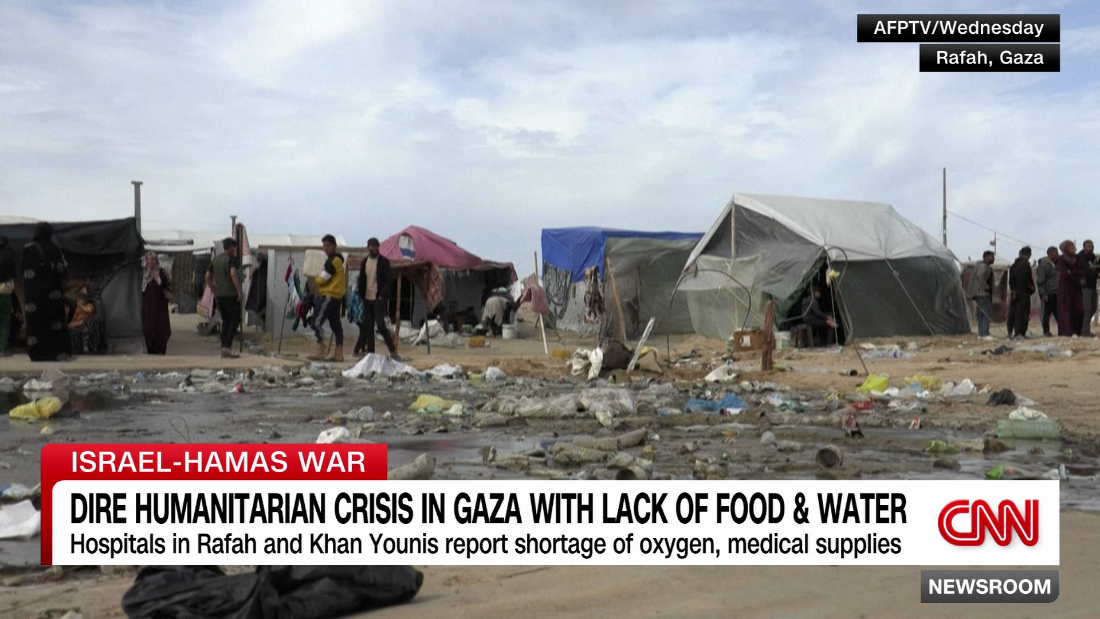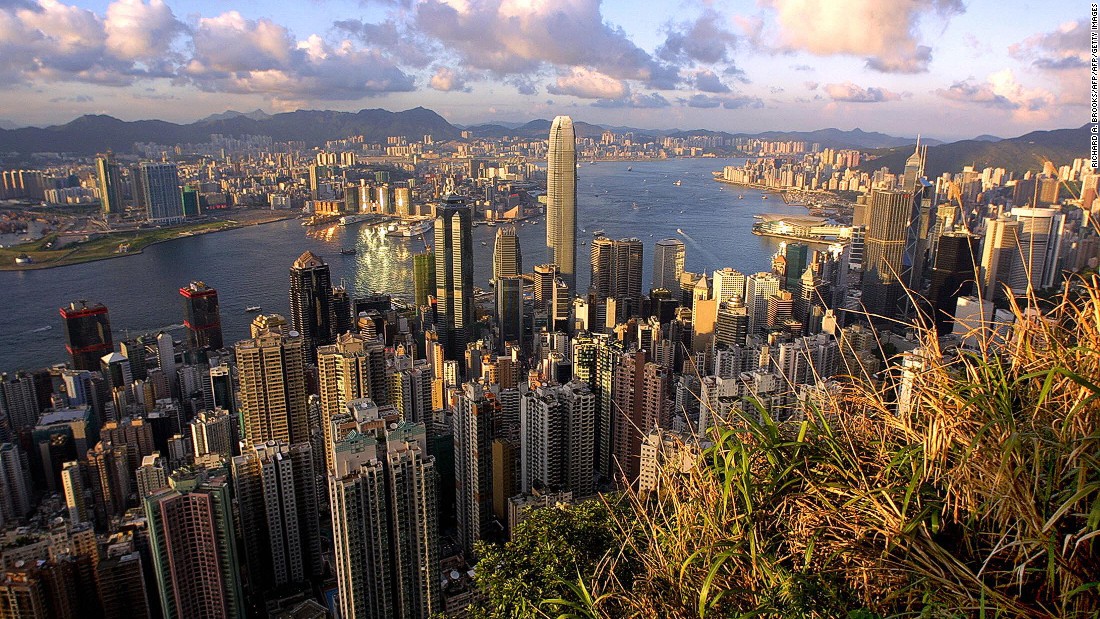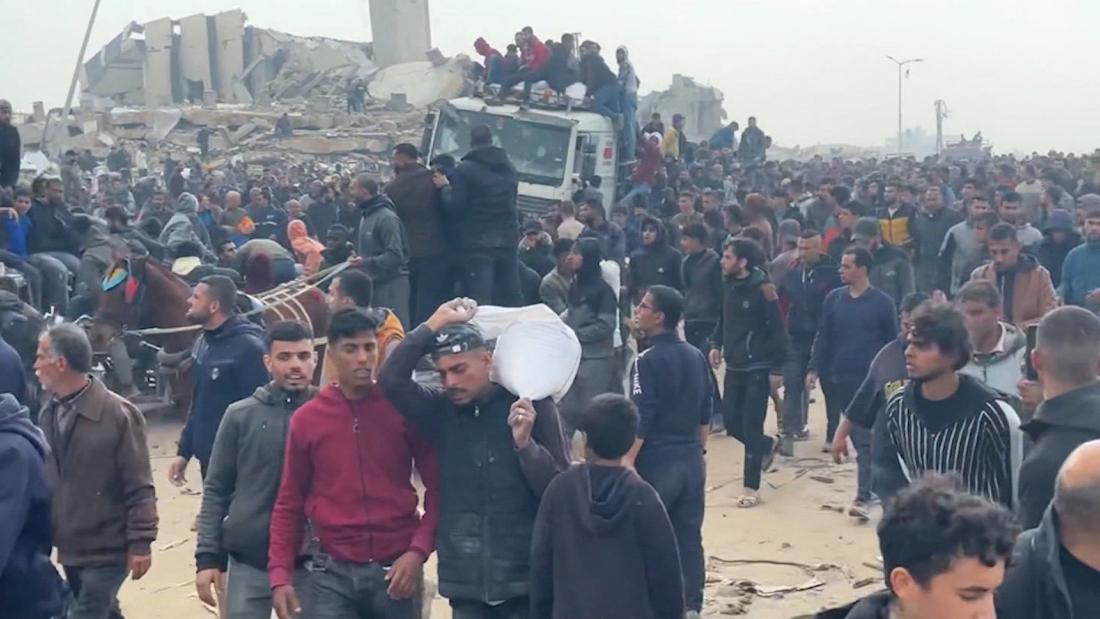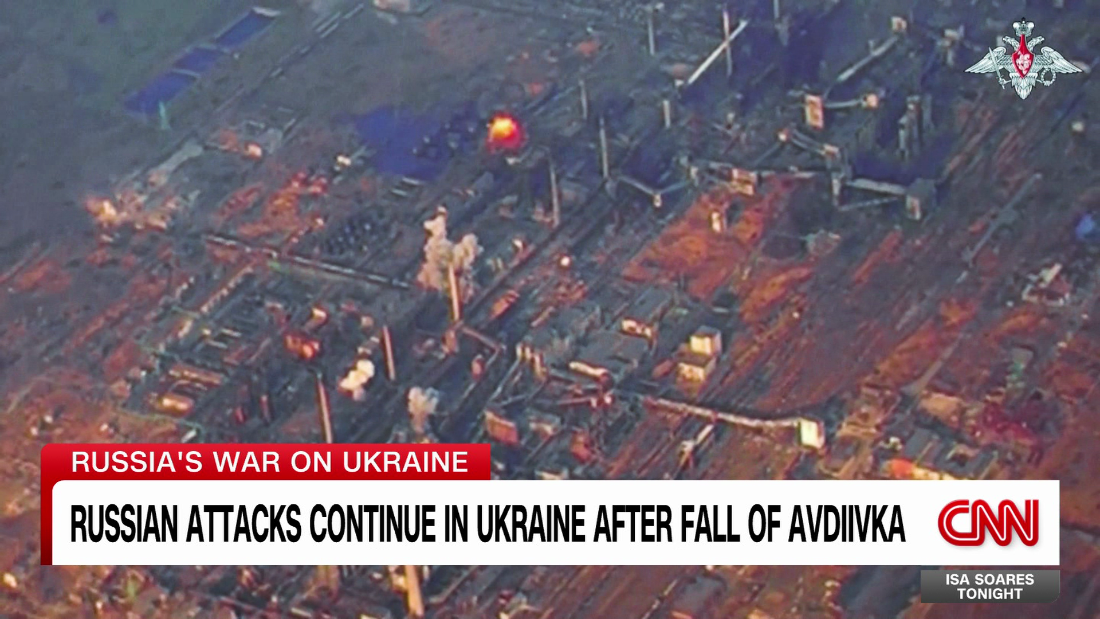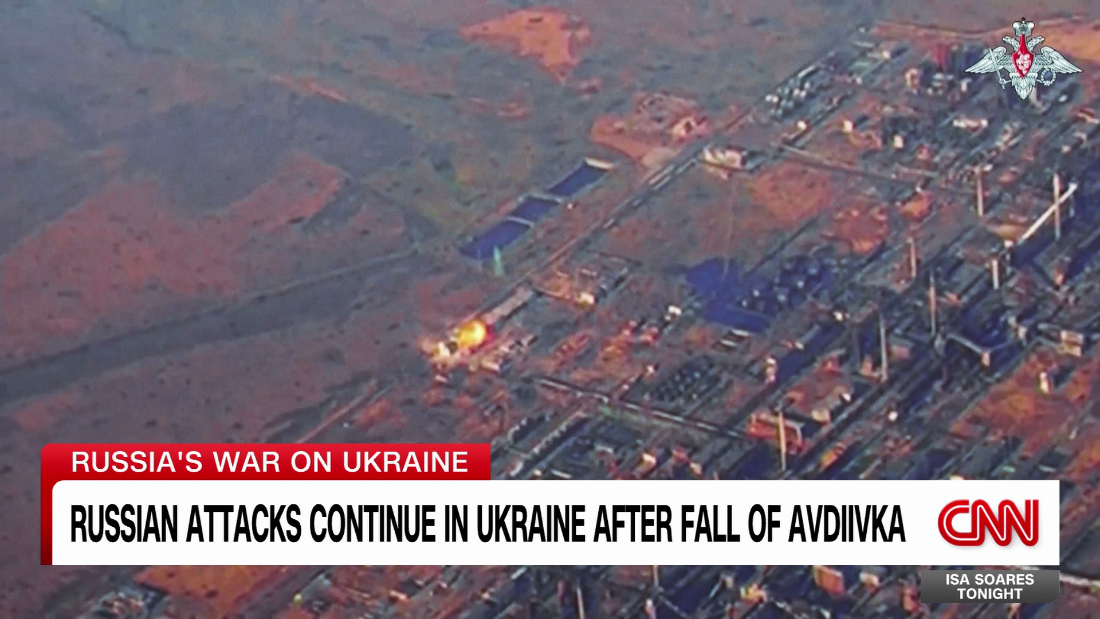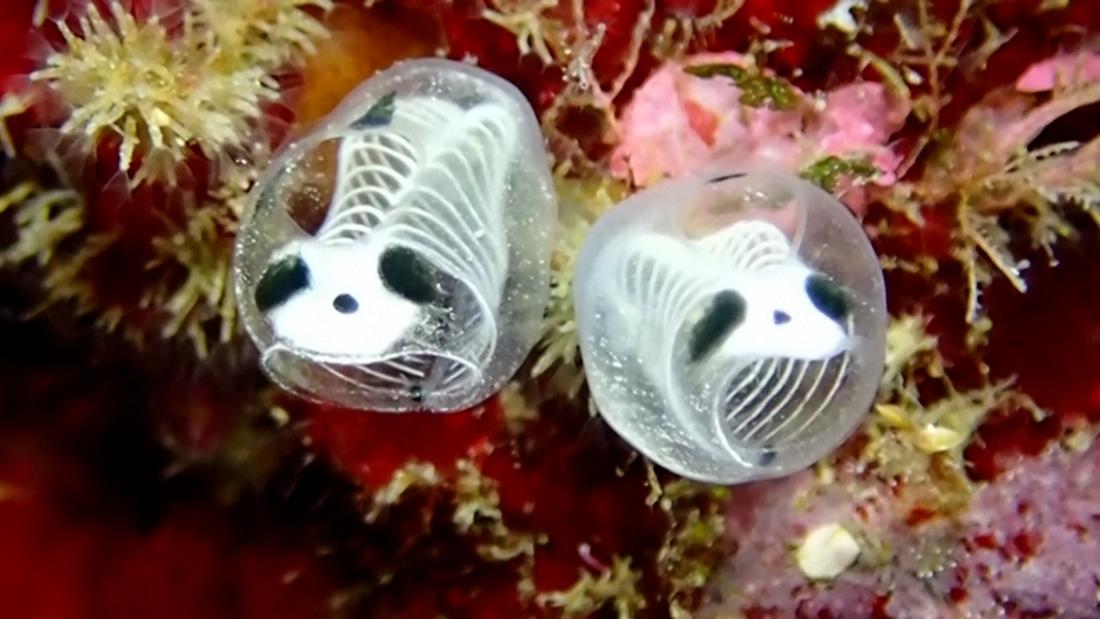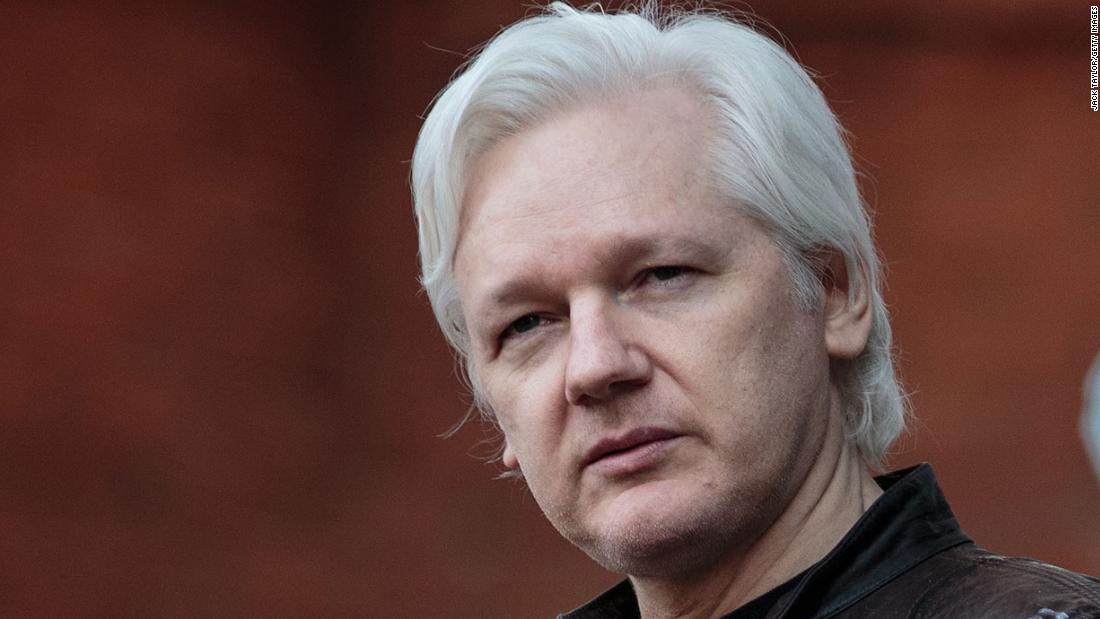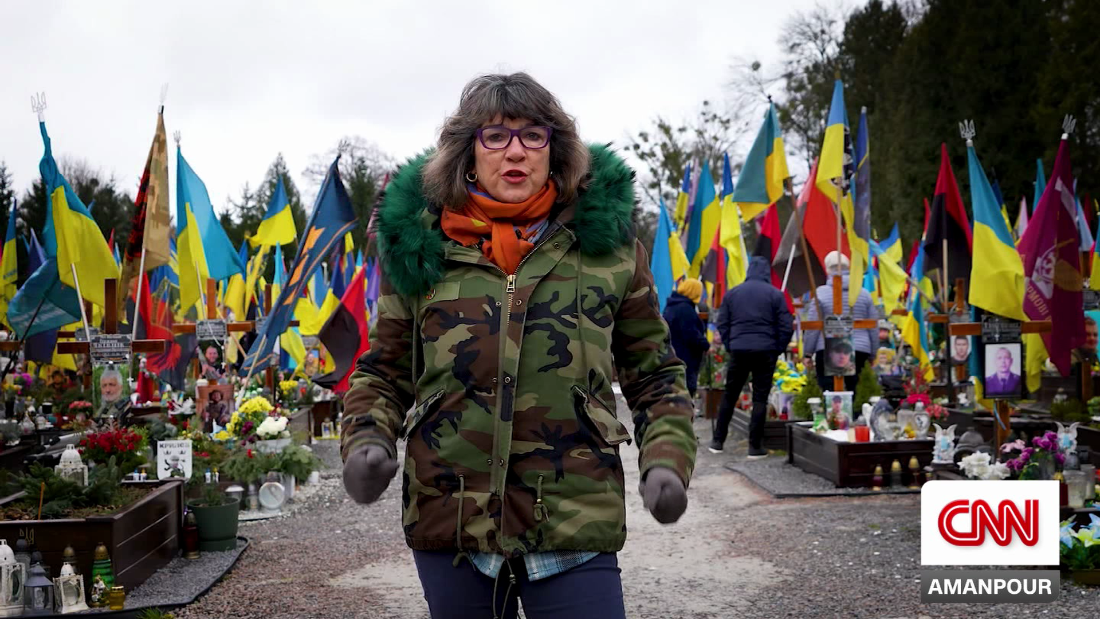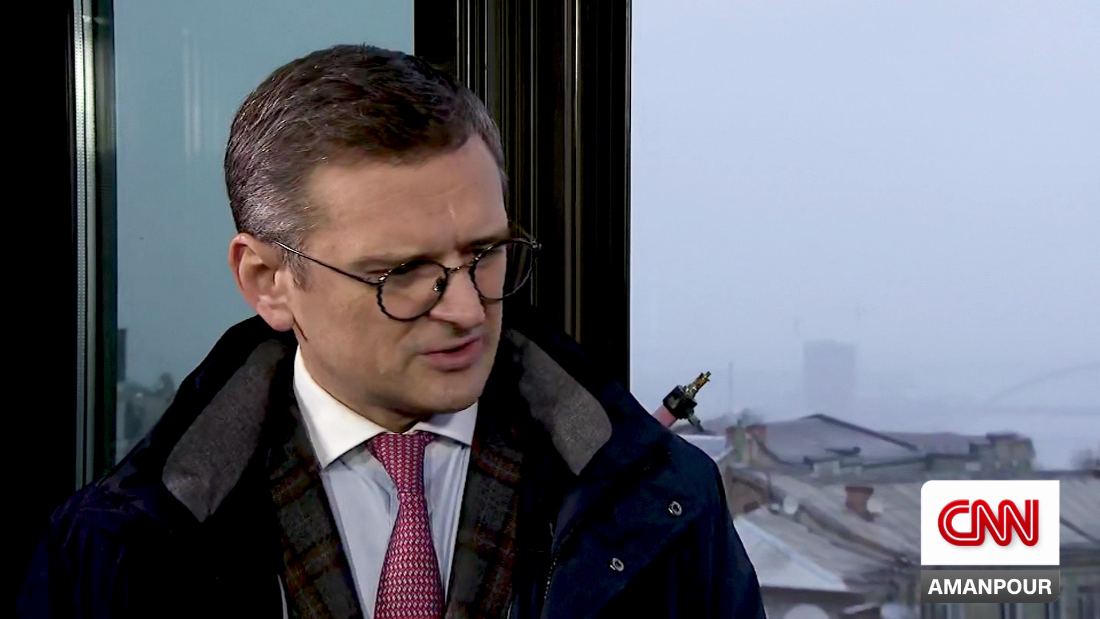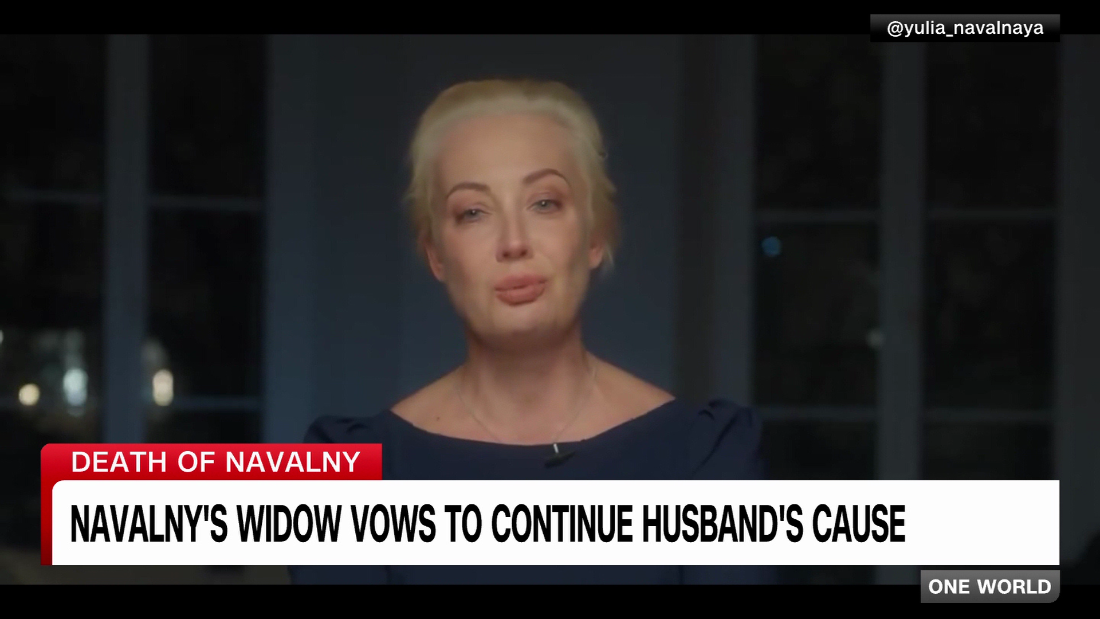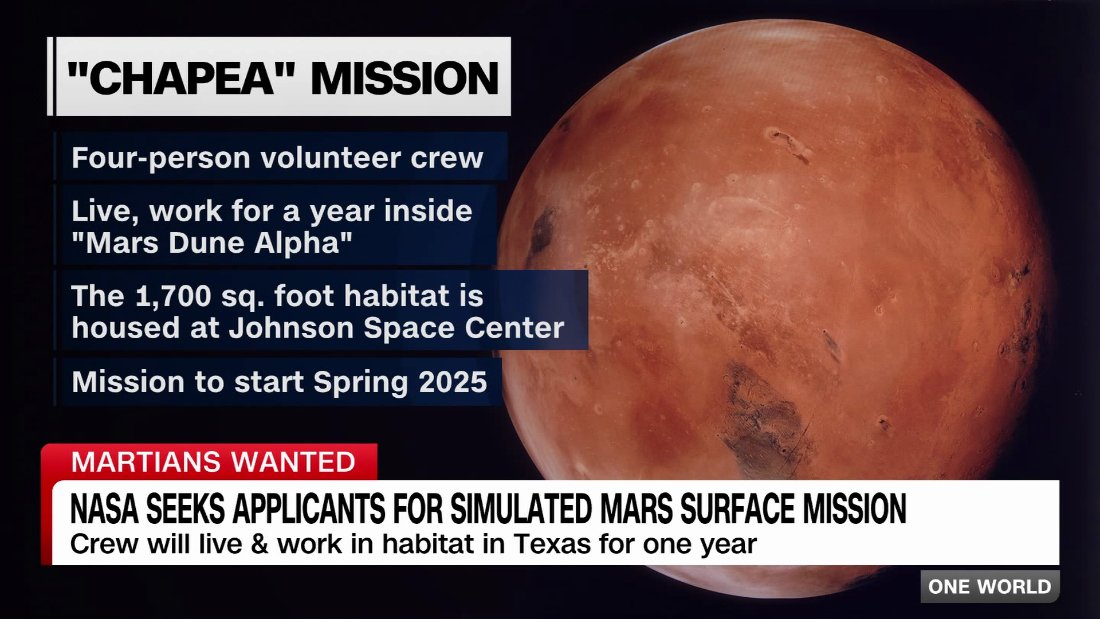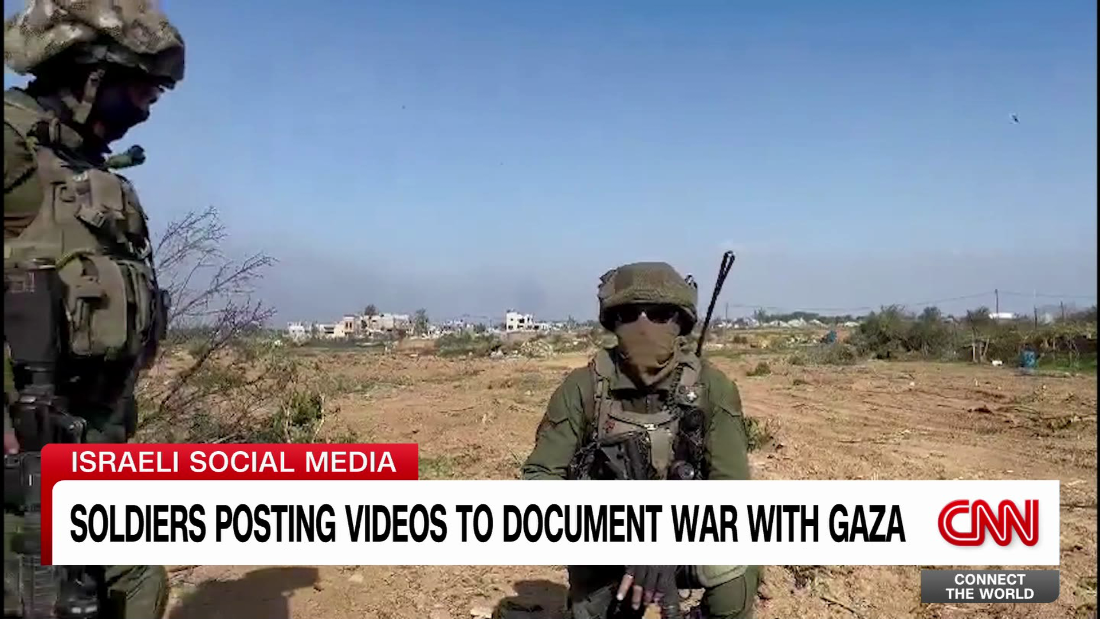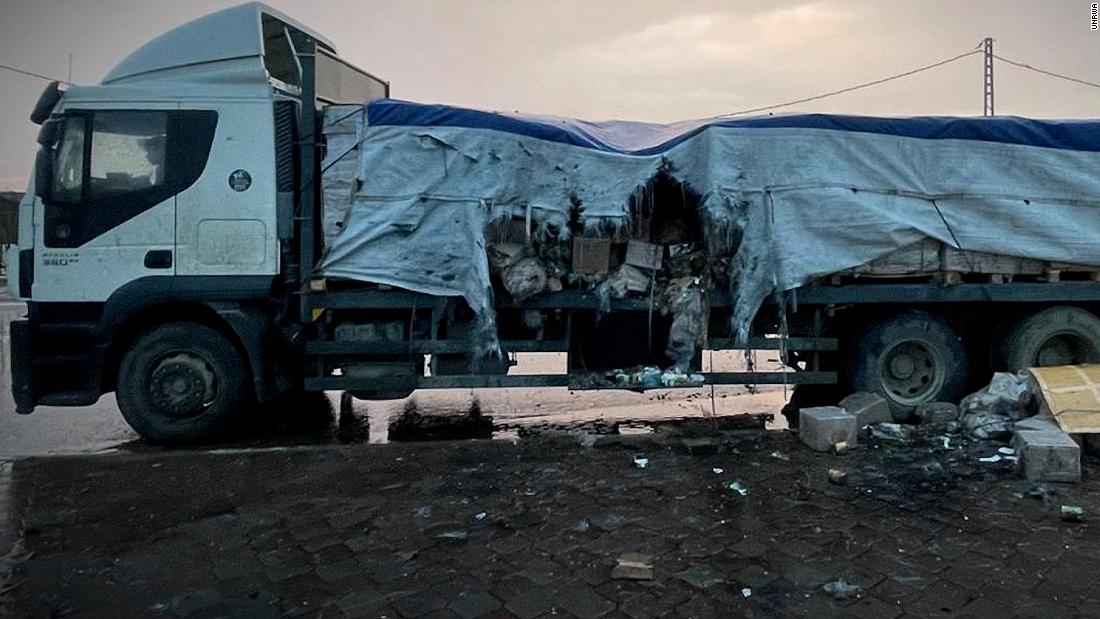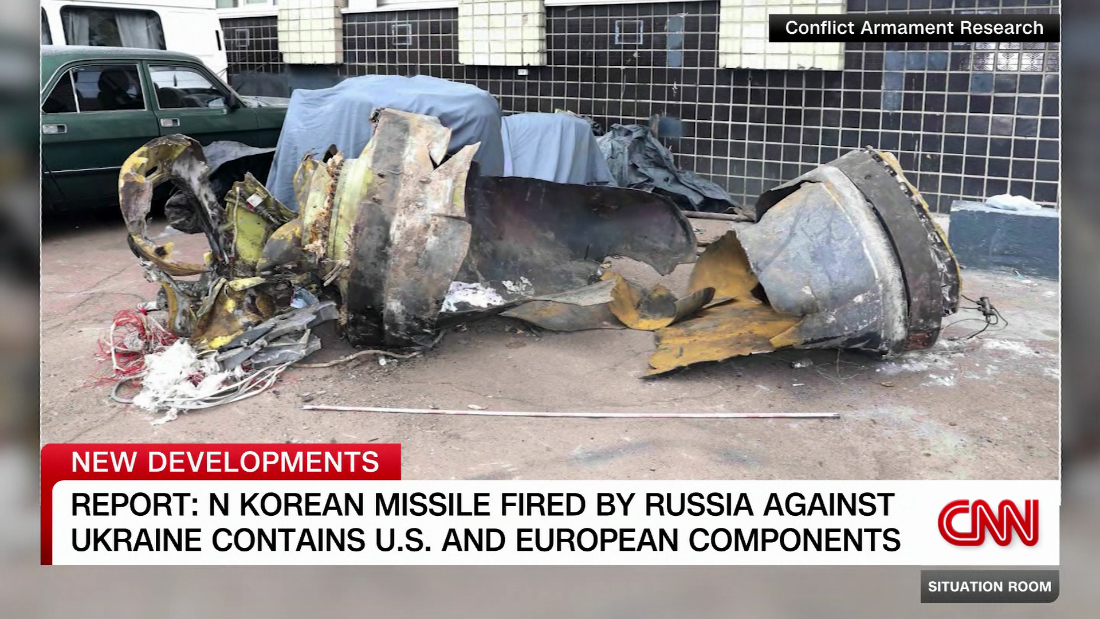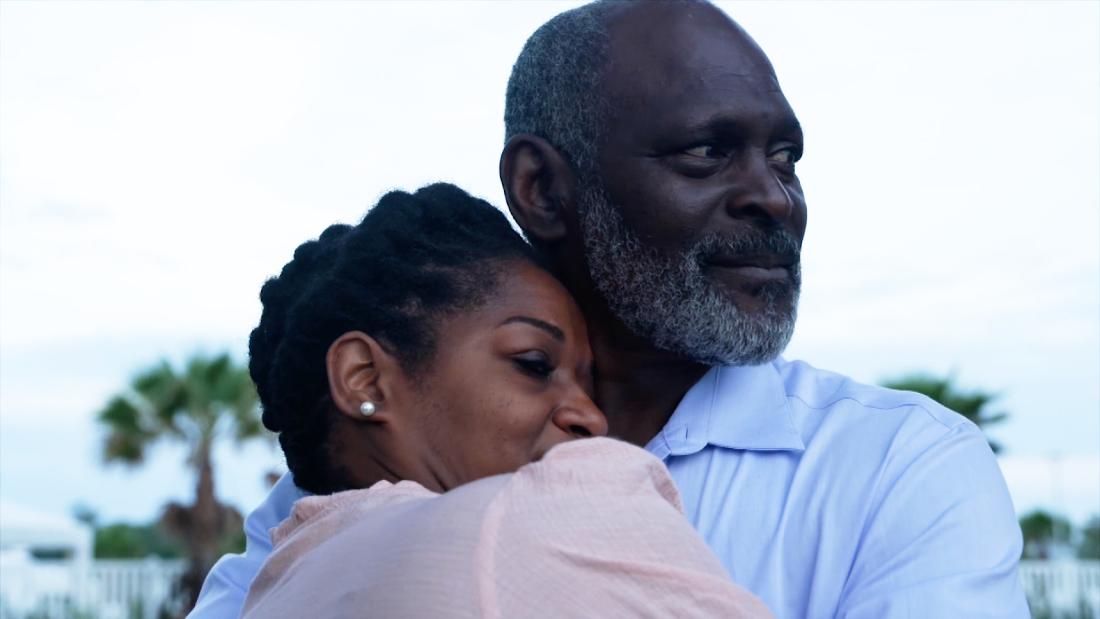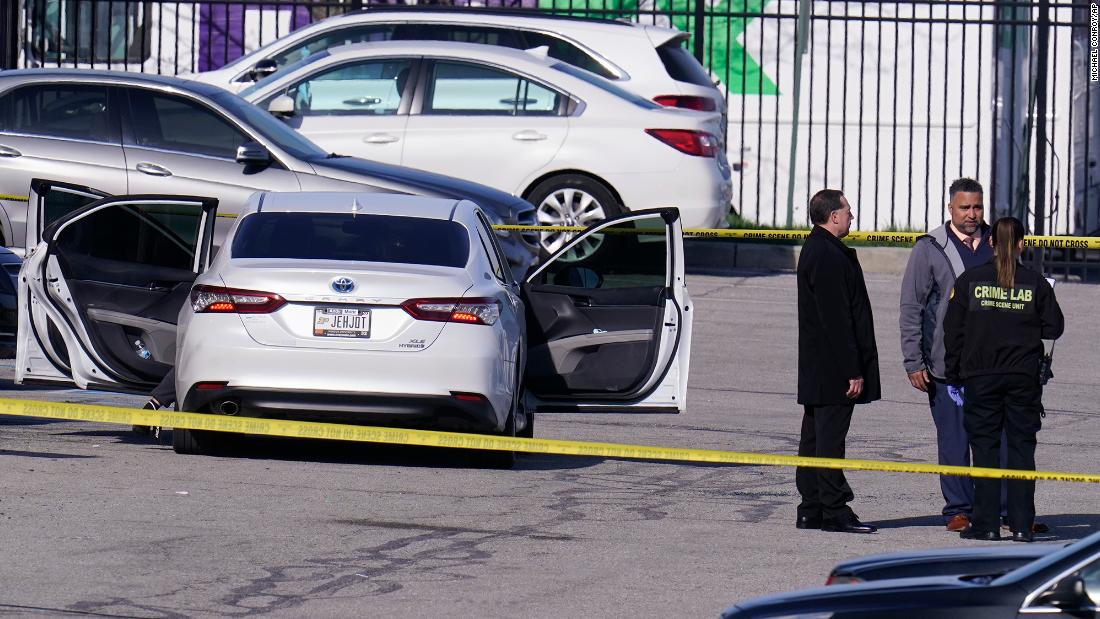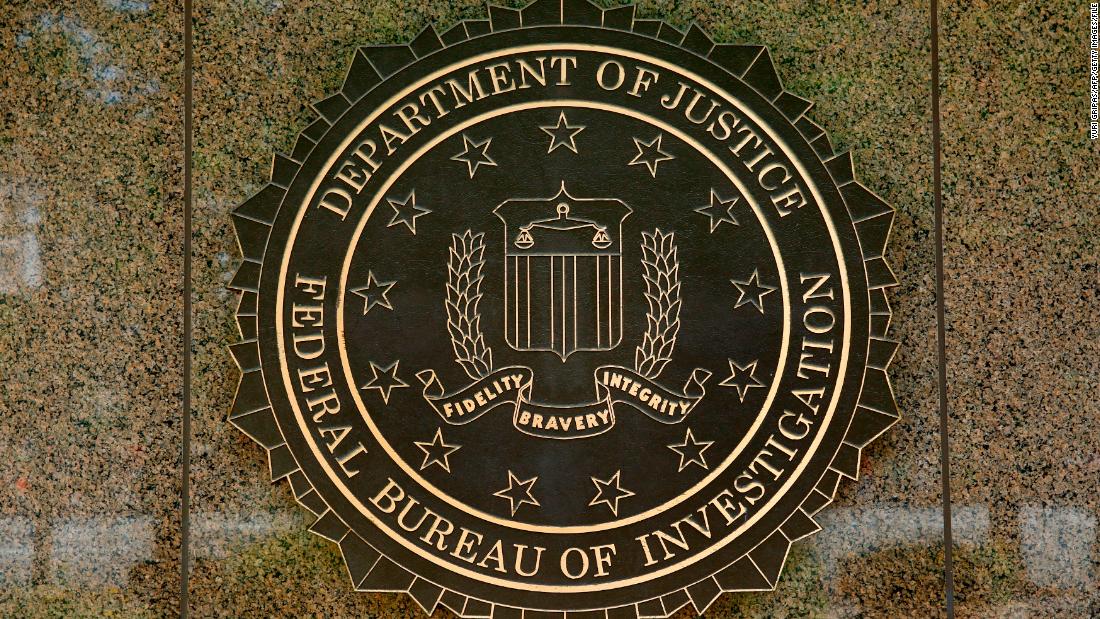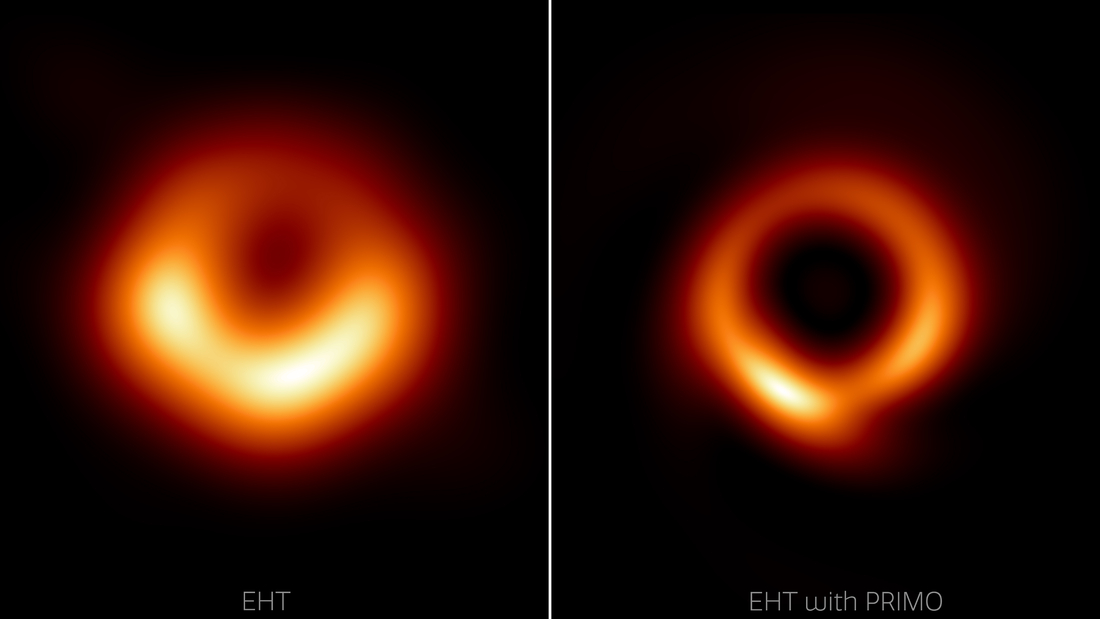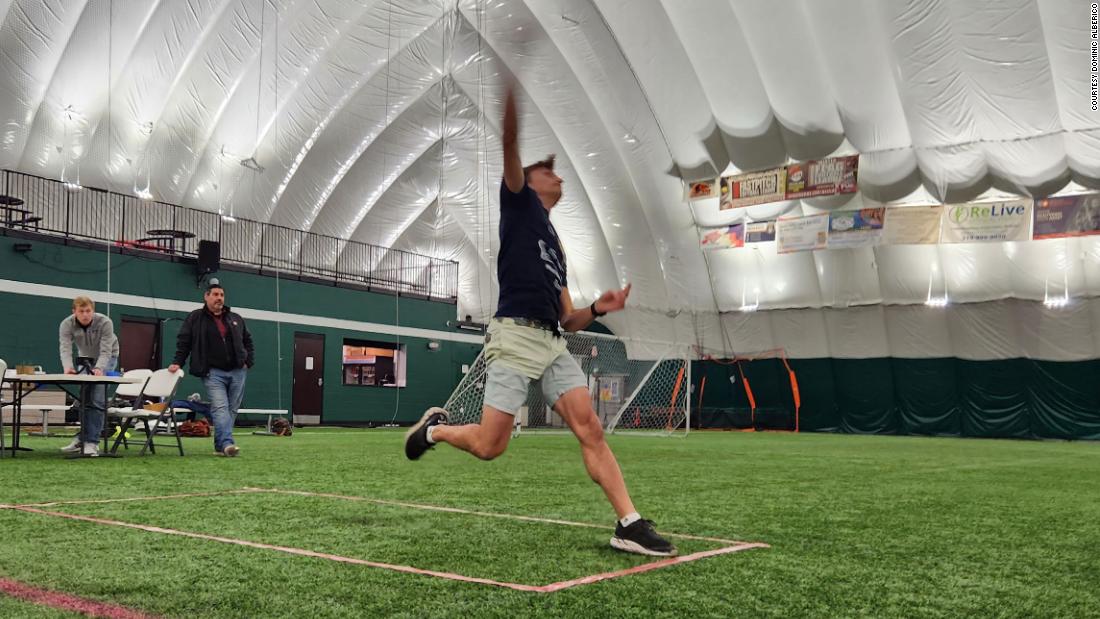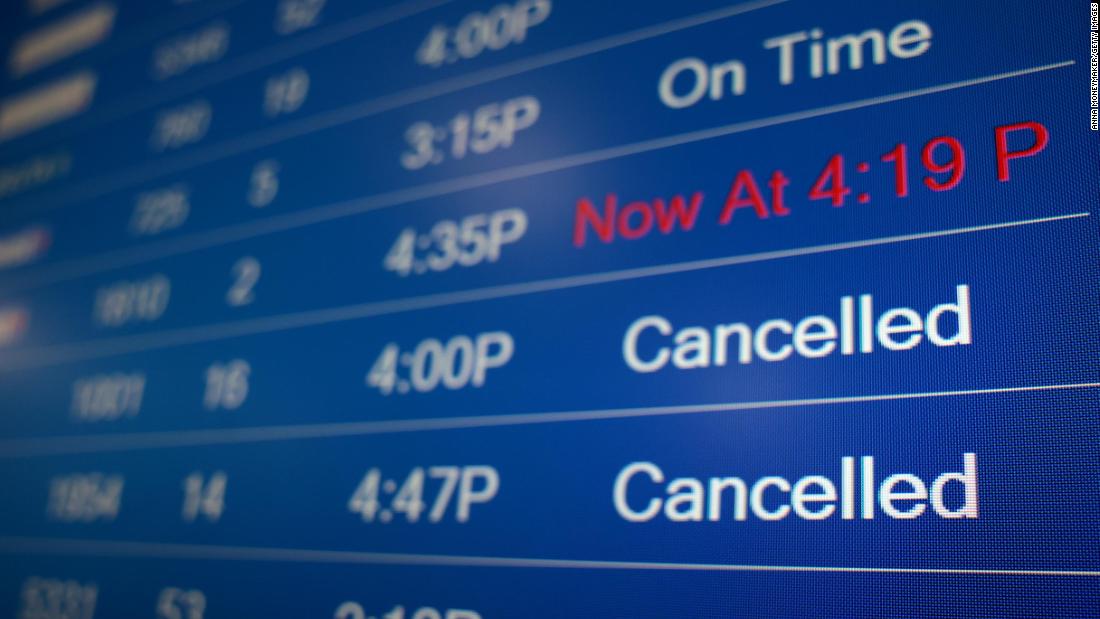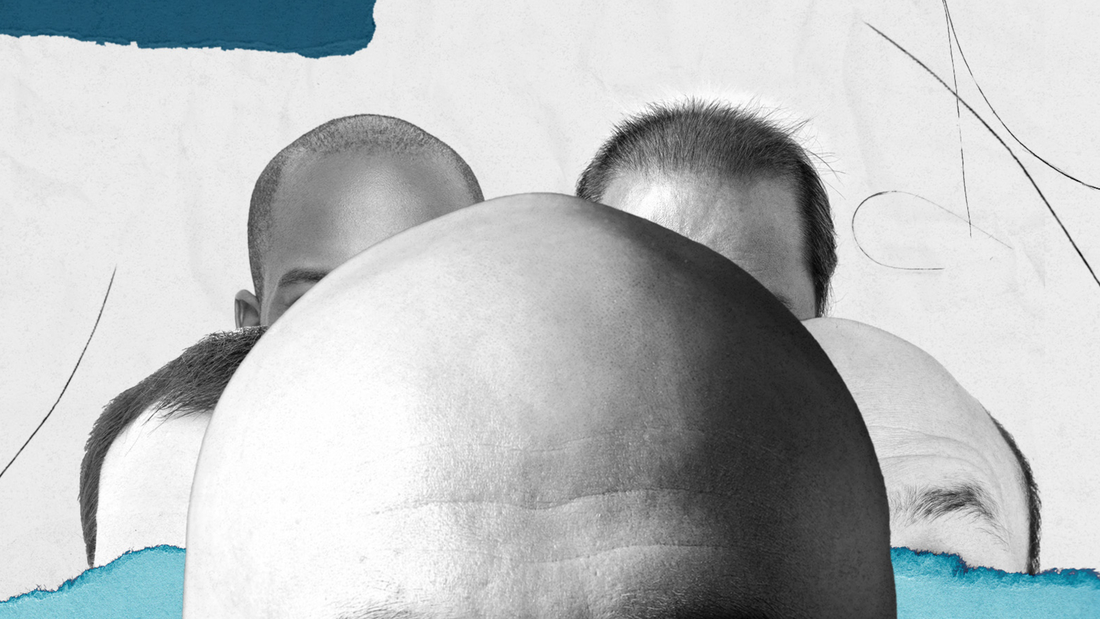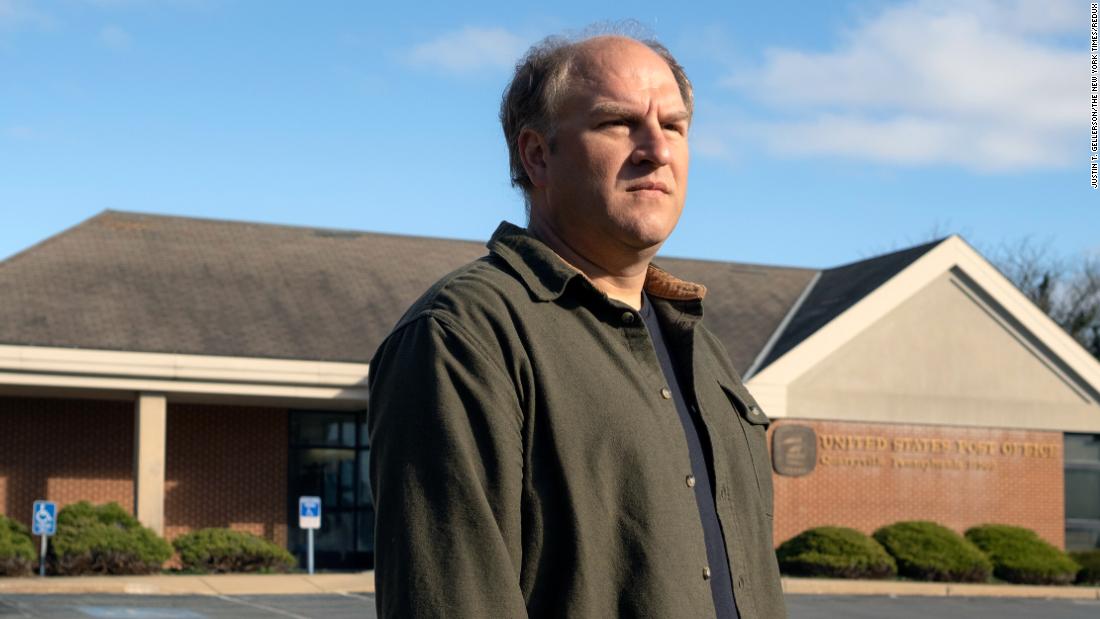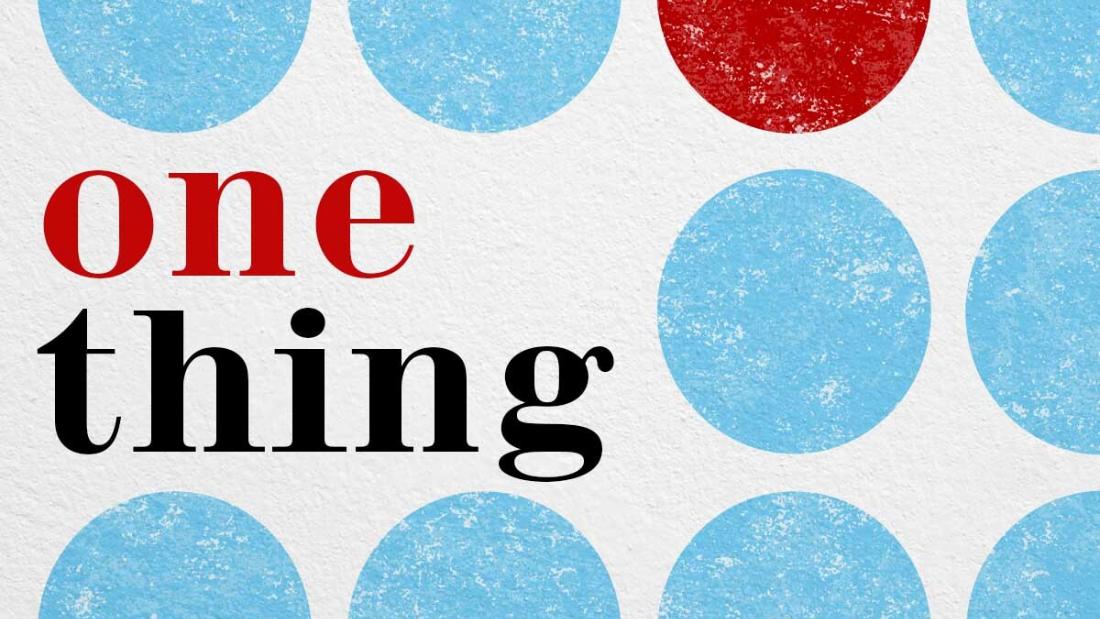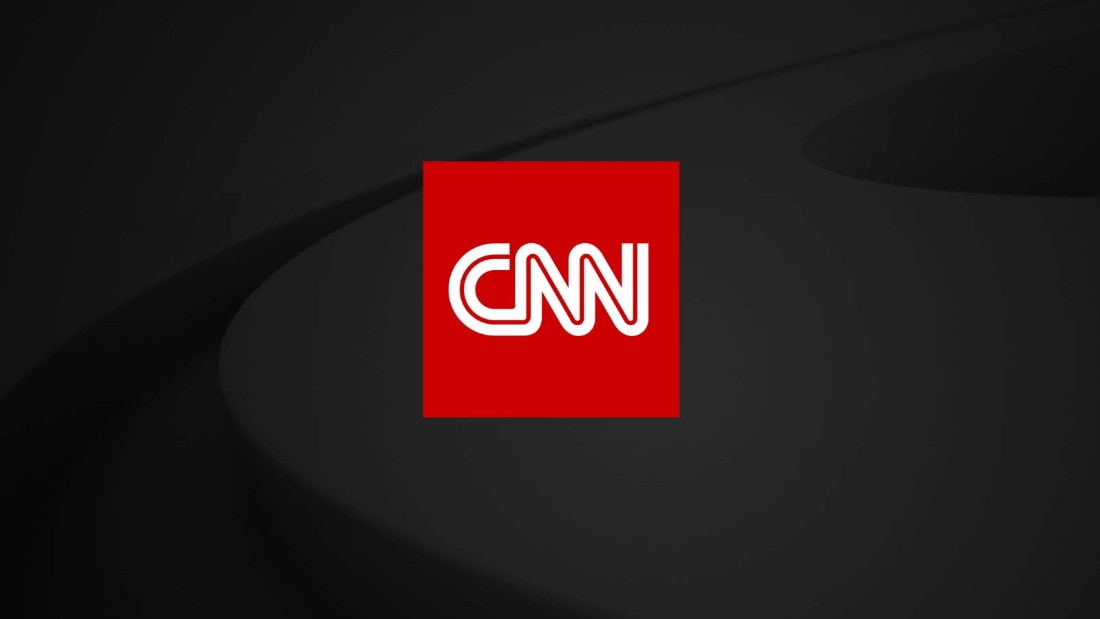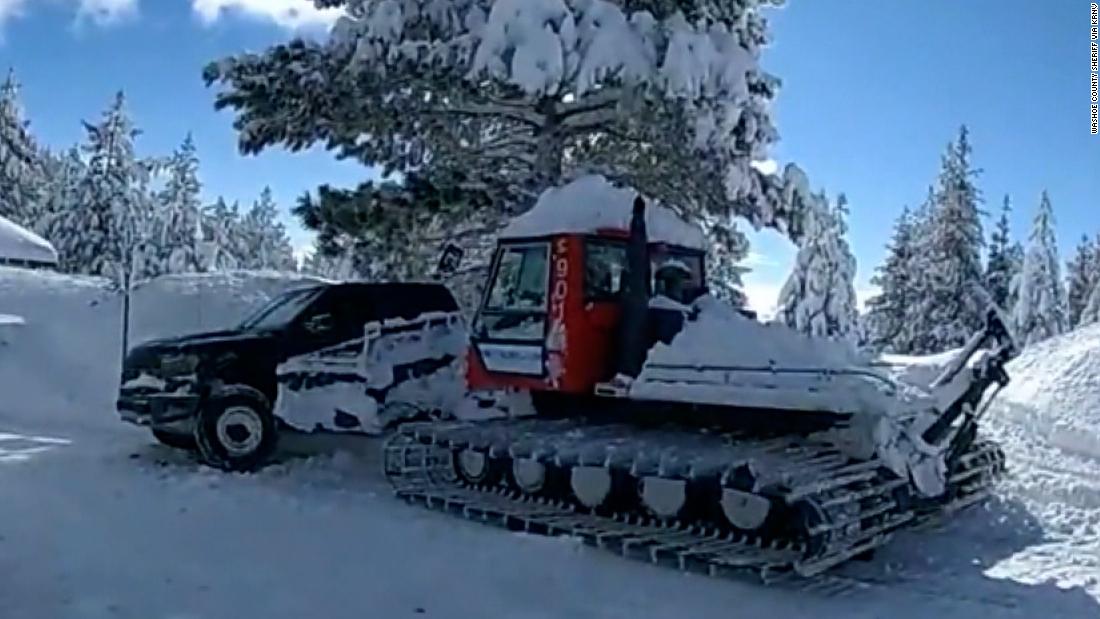IRAN’s most heavily fortified nuclear base which Israel “must destroy in operation Rising Lion” is hidden deep inside a mountain and surrounded by air defences.
The infamous Fordow Fuel Enrichment Plant is the paragon of the Ayatollah’s nuclear programme and a symbol of the regime’s technological capabilities.
AFPIran’s heavily fortified underground nuclear base is unscathed following Israeli strikes[/caption]
AFPThe Fordow Fuel Enrichment Plant is the crown jewel of Iran’s nuclear programme[/caption]
AFPStrikes between Israel and Iran come after Tel Aviv accused Tehran of making a nuclear bomb[/caption]
Located just 100 miles south of the capital Tehran, Fordow is one of two nuclear enrichment sites in the country.
The other, which is based in Natanz, was reportedly partially destroyed as part of Israel’s operation Rising Lion.
The precise missile blitz aimed at crippling Tehran’s nuclear weapon developments come as Iran and Israel teeter on the brink of all out war.
Both sides continue to exchange deadly missile strikes, following Tel Aviv accusing Tehran of trying to develop a nuclear bomb last week.
Despite Israeli airstrikes successfully killing 14 Iranian nuclear scientists, wiping out top military brass and destroying key buildings – Fordow remains unscathed.
Buried deep inside the mountains with key facilities embedded up to 100 metres underground, Fordow remains to be a challenging target.
Its key purpose is pumping out enriched uranium – critical to developing nuclear warheads.
Centrifuges hidden deep down in the bunker are reportedly enriching uranium at up to 60 per cent, just below the crucial 90 per cent needed to create a nuclear weapon.
Explaining the goals of operation Red Lion, Israeli ambassador to the US Yechiel Leiter said that “the entire operation… really has to be completed with the elimination of Fordow.”
The key bunker has even been branded as the “the be-all and end-all of Iran’s nuclear operation”.
Former Middle East diplomat Brett McGurk said: “If you don’t get Fordow, you haven’t eliminated their ability to produce weapons-grade material.”
Protected within an Islamic Revolutionary Guards Corp base, the mountainous site is heavily surveilled.
Guard towers stand 25 metres apart, primed air defences ring the perimeter, and a support headquarters is stationed nearby.
Satellite imagery shows two massive rings of steel fencing around the site – each with heavily armed checkpoints along the entrance road.
Up to three tunnel entrances can be seen in the centre – each one heavily guarded.
ReutersFirefighters work at the site on a strike in Tel Aviv[/caption]
AFPThe base is heavily protected by air defences and has been built into a mountain[/caption]
Fordow is protected against a range of conventional bomb attacks and could potentially even fend off hugely powerful so-called “bunker buster” bombs.
The world’s largest bomb is the Massive Ordnance Penetrator, delivered by B-2 bombers and exclusively made by the US.
These may be enough to reach the base’s deepest points, according to reports.
But Washington has made its stance clear on the unilateral operation Red Lion, saying it would not directly get involved in Israel‘s conflict with Iran.
The Ayatollah’s pariah state has been enriching uranium at Fordow since September 2011.
The site’s existence was revealed two years before that, when British, French and US intelligence reports detailed a secret facility “inconsistent with a peaceful [nuclear] programme.”
The Islamic Republic has long denied seeking to develop nuclear weapons.
ReutersA satellite image shows the Natanz nuclear facility after an Israeli airstrike in Iran June 14[/caption]
ReutersWorkers at an enrichment control room at a facility in Natanz, Iran’s other nuclear enrichment base[/caption]
But last week, the International Atomic Energy Agency (IAEA) reported that Iran had been producing 60 per cent purity uranium.
This uranium would be capable of being further enriched to the 90 per cent weapons grade benchmark.
Israel said this was proof that Iran was building a nuclear bomb -before launching their sophisticated missile blitz.
On Monday, Pakistan warned they would nuke Israel, according to a senior Iranian general amid the deadly missile salvos across the Middle East.
Strikes have been raining down across both countries for the last four days – with the US embassy in Tel Aviv now being damaged.
Which Iranian military chiefs and scientists have been killed?
ISRAEL has dealt a major blow to Iran’s command chain – wiping out several of its top brass.
Key nuclear scientists have also been eliminated in Israel’s overnight strikes.
Those killed include:
Generals
Maj. Gen. Mohammad Bagheri, chief of staff of the armed forces and the second-highest commander after Supreme Leader Ayatollah Ali Khamenei
Gen. Hossein Salami, commander in chief of the Islamic Revolutionary Guards Corps
Gen. Gholamali Rashid, deputy commander in chief of the armed forces
Ali Shamkhan, key adviser and confidant of Khamenei
Amir Ali Hajizadeh, commander of the IRGC Aerospace Forces
Nuclear scientists
Fereydoun Abbasi, the former head of the Atomic Energy Organization of Iran
Dr Mohammad Mehdi Tehranchi, theoretical physicist and president of the Islamic Azad University in Tehran
Tension is now skyrocketing as the conflict threatens to spiral into a wider regional war with Pakistan also calling for the Islamic world to back Iran.
America could also be pulled into the conflict, with Donald Trump warning the “full strength and might” of the US military would be used if American assets were targeted.
Damage to the embassy was done during a third night of fierce missile exchange between Iran and Israel, with Benjamin Netanyahu claiming “regime change” in Tehran is imminent.
Mike Huckabee, the US ambassador in Israel, said the embassy in Tel Aviv was damaged “from concussions of Iranian missile hits” near the building but that no personnel were injured.
Benjamin Netanyahu said just before his latest blitz that Iran is now “very weak” as he warned of an impending “regime change” in Tehran.
X @visegrad24B-2 Bombers may be able to strike deep enough on Fordow base[/caption]
ReutersMissiles launched from Iran are intercepted as seen from Ashkelon, Israel[/caption]
ReutersDamage over residential homes in Tel Aviv[/caption] Published: [#item_custom_pubDate]













